How six women are leading the charge for clean water | Google
When 12-year-old Gitanjali Rao learned of the water crisis in Flint, Michigan, she was inspired to invent a tool using Android technology that could empower millions of people. Little did she know that she would become part of a larger movement of women leading the charge for clean water in Flint, Michigan, and beyond.
|
We're ending our water unit by connecting what we found out to the recent crisis in Flint, Michigan, all while celebrating World Read Aloud Day (2/1/19--we were off for a Professional Development Day) and the start of Black History Month. A great read for those who've followed along on our water journey OR are concerned about water in general!
As we wrapped up our unit to answer the driving question "Where does my clean water come from and where does it go once we make it dirty?" students revisited the DQB to answer any lingering questions we had yet to answer. Well done fifth graders!
Additionally, students always requested we go on a field trip to either a wastewater treatment facility or a purification plant to find out more about what goes on in those places to help us answer our DQB or the sub-questions we posted. Sadly, you need to be in 7th grade to visit the WWTF and you need to be in high school to visit the purification plant. However, Commission to the Water Reclamation District Debra Shore answered Mrs. Brinza's request to visit our classroom (in lieu of visiting either of the aforementioned destinations). Thank you to Commissioner Shore for confirming what we figured out about our DQ along with a history lesson behind the reversal of Chicago's River. What a great way to end the unit! Throughout our unit, we've been keeping track of everything we've figured out as it relates to answering our Driving Question. Here is one student's work of their model tracker completed. It's been a great tool to summarize how we've put pieces of information together over time to explain our clean/dirty water phenomenon!
Now that our full-scale model is up and proudly displayed with everything we've figured out, we spent some time today thinking about all the problems we identified. But what would a problem be without a solution in place?
So student groups brainstormed possible solutions, and we shared out our ideas in a scientist circle. We then put these solutions into place...and maybe, just maybe, some of these solutions will make the positive impact we are hoping they made on our precious freshwater supply! Now that we figured out about that "mystery pipe," the combined sewer system and outfall pipe, we wanted to update our class model to show this part of the system. We also wanted to see what questions we could answer on our DQB, and spend some time researching ones that were left "hanging." As we close out our unit (for real, now), we want to see how we can turn some of the problems we're noticing into non-problems in the future. The next few days we'll be thinking about how we can develop solutions to these problems and educating our community about what we've figured out these last two quarters!
Students were really interested in knowing where that mystery pipe goes (that doesn't go to the wastewater treatment plant). With some research (thank you to the Friends of the Chicago River and a video we found on YouTube about Milwaukee's system), we uncovered something really astonishing...and actually quite alarming!
The pipe in the sewer is actually known as an outfall pipe, and in situations of heavy rains, it leads directly to the Chicago River. This means that when the sewer system has so much water in it, that the WWTF can't treat the water fast enough, and the reservoir's below the streets can't hold all the water, so the sewage has to go somewhere. Since it poses a health risk to humans, the sewage can't go back into homes and businesses, so the river is really the only option. This got us thinking a bunch of things... 1. This is awful! We shouldn't be sending raw sewage into the Chicago River. That's super harmful to humans who recreate in the river and it's also incredibly dangerous to the wildlife and plant life that call the Chicago River home. 2. Is there a way for us to not have the sewers so full of water when it rains? Are there ways we can reduce our impact on the already strained system during heavy rains/flooding? This is especially the case when our city is covered in impermeable surfaces and runoff is a huge problem (leaving little water from naturally entering the ground). 3. We're thinking that WE CAN MAKE A POSITIVE IMPACT! We began brainstorming some ideas about solving this HUGE problem!!! Way to go 5th graders! Room 307Room 306We put everyone's part of the model today, putting the pieces together to answer our Driving Question for the unit. We offered critical feedback in terms of celebrations (things groups did really well to showcase their portion of understanding of the DQ) along with limitations to each others' work. We felt really proud of our class model! But then came the truth. There are problems we've uncovered that are part of this model. Like the fact that people are wasting water in their homes and businesses. We know all this water leads eventually to the WWTF and the ocean. There's very little freshwater on the Earth compared to the amount of salt water, and it seems like we're not working hard to keep it as freshwater. We also figured out that there were a lot of problems regarding runoff--for what it brings into fresh bodies of water along with how it prevents water from going into the ground, and instead ends up in our sewers. We are thinking we should be developing some solutions to combat these problems, and figure out ways to keep more freshwater either on the surface in various bodies of water or in the ground. But until then, we're really still curious about that pipe that doesn't lead to the WWTF. Where exactly does that pipe lead to? Is that pipe a problem, too? Or can it help with a solution to all these other problems we identified? Room 307: Problems IdentifiedRoom 306: Problems IdentifiedIt was a 100% YES! from the class when Mrs. Brinza has the class if they felt they had answered the Driving Question for the unit: Where does our clean water come from and where does it go once we make it dirty? So when asked if they wanted to go big or go home, students said, GO BIG! We brainstormed parts to the answer to our DQ (our model trackers really helped with this), assigned parts of the model tables, and each table was responsible for creating that part of the model. We put all the pieces together to show our our scientific models and explanations...AS A CLASS...could answer our Driving Question! Here are the students working at the beginning and middle of model-making: And here are our FINAL models! Room 306Room 307The water cycle, driven by the sun's energy! We watched some videos and saw a model to show the processes many of us already knew about, extending our knowledge of how infiltration and runoff add to this process. We'll be putting all our ideas together to model our Driving Question next week, figuring out if there's anything we might have missed! ;-)
|
Driving QuestionWhere does our clean water come from and where does it go once we make it dirty? Archives
February 2019
|
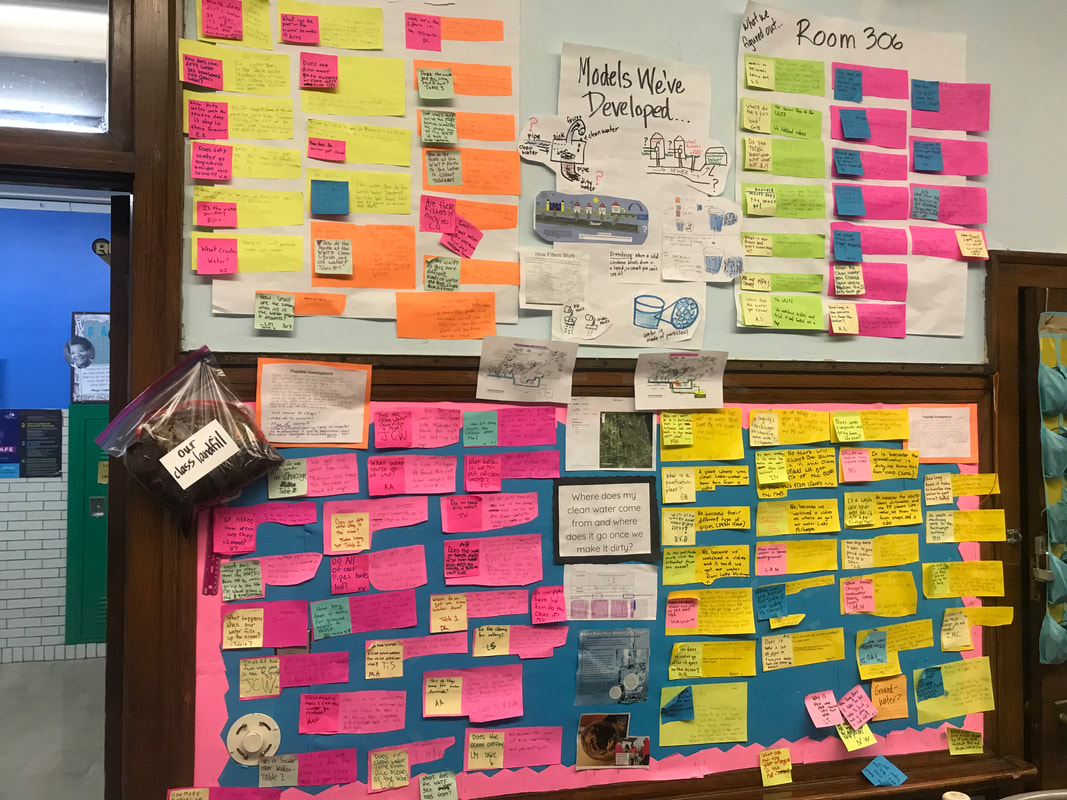
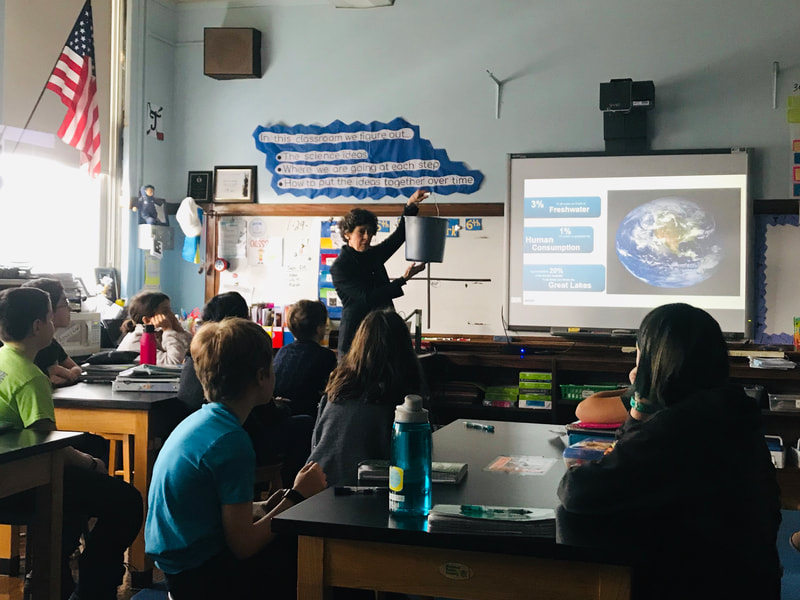
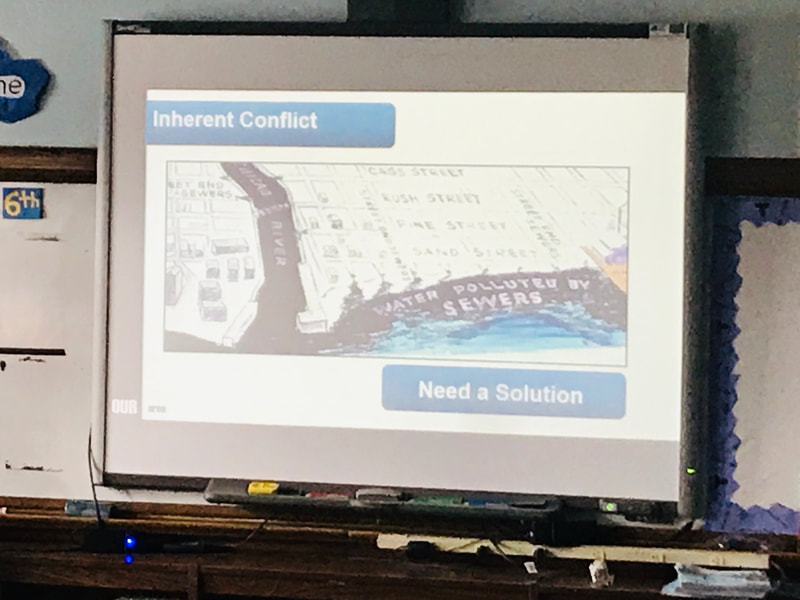
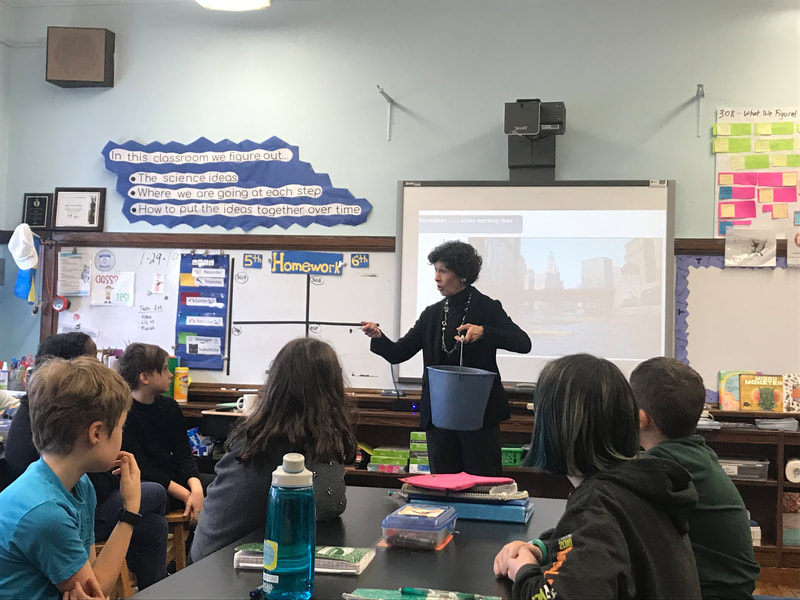

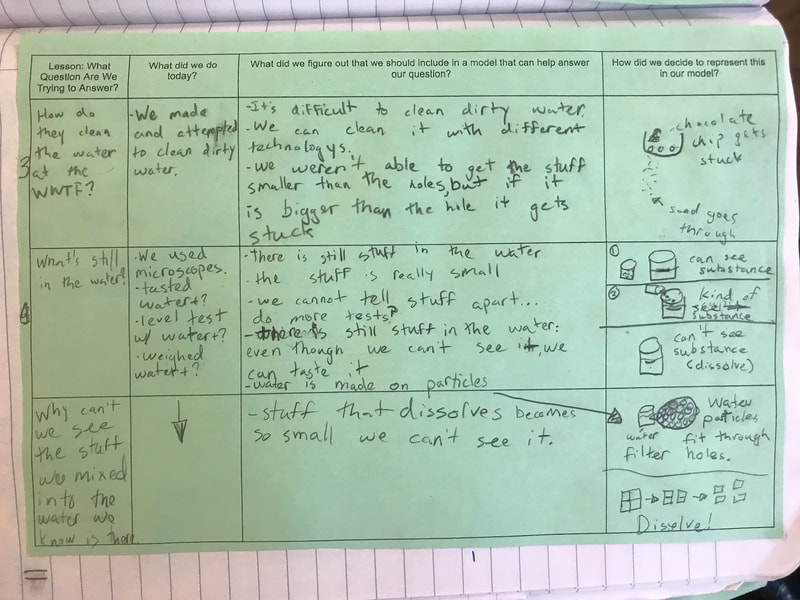
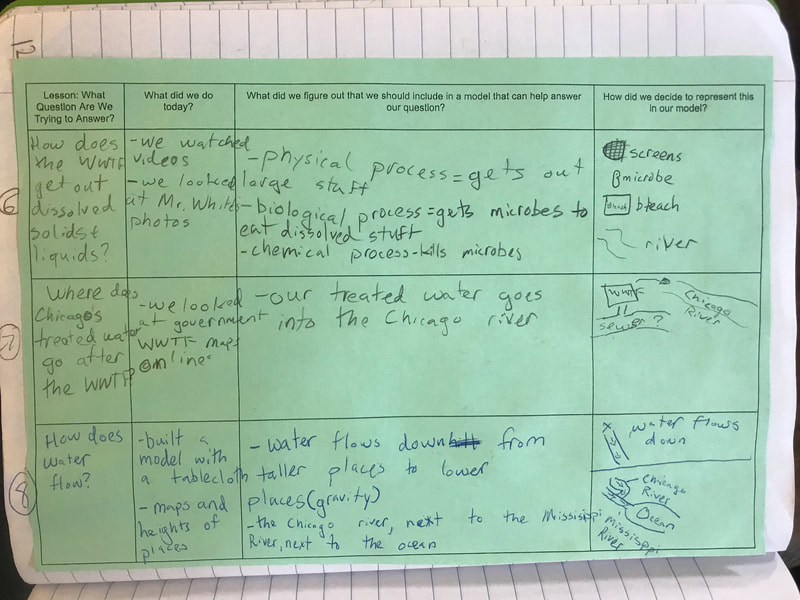
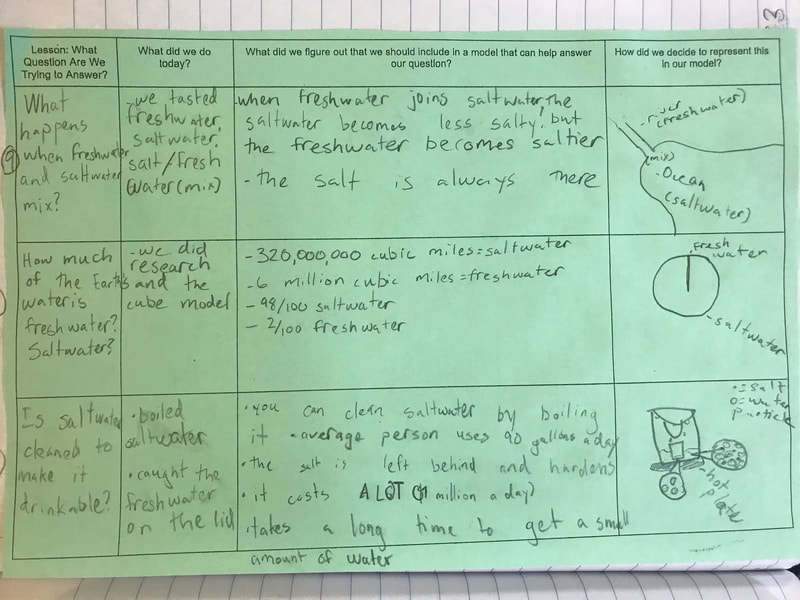
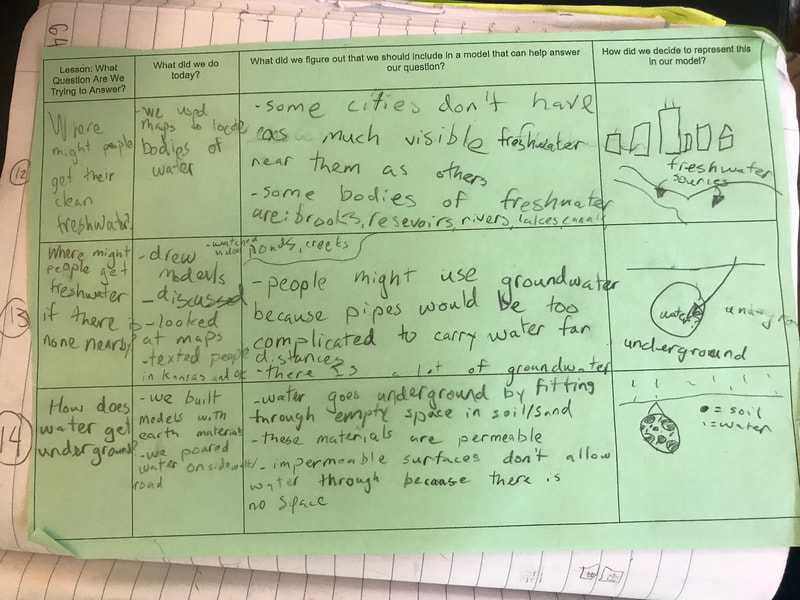
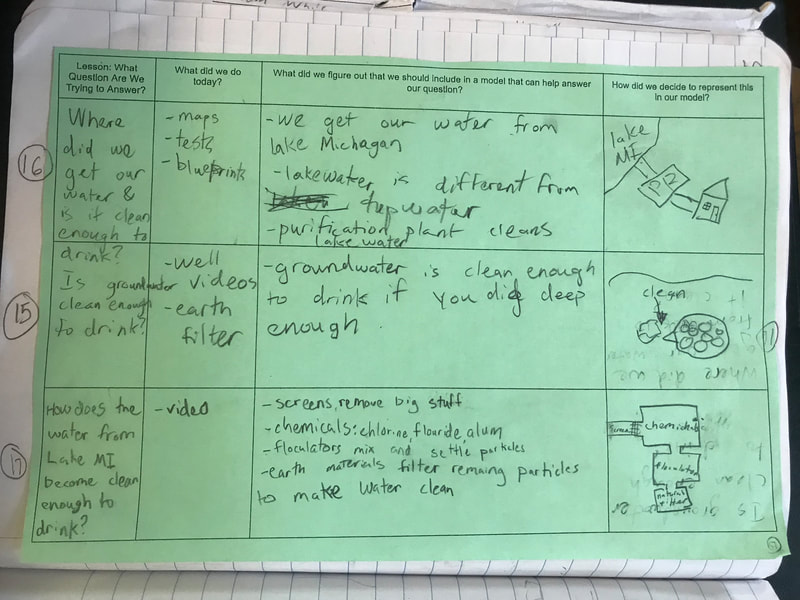
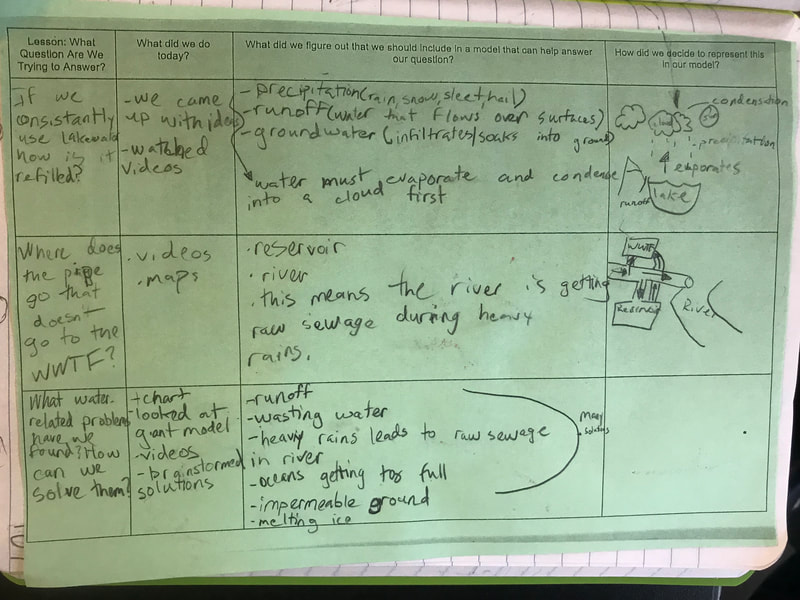
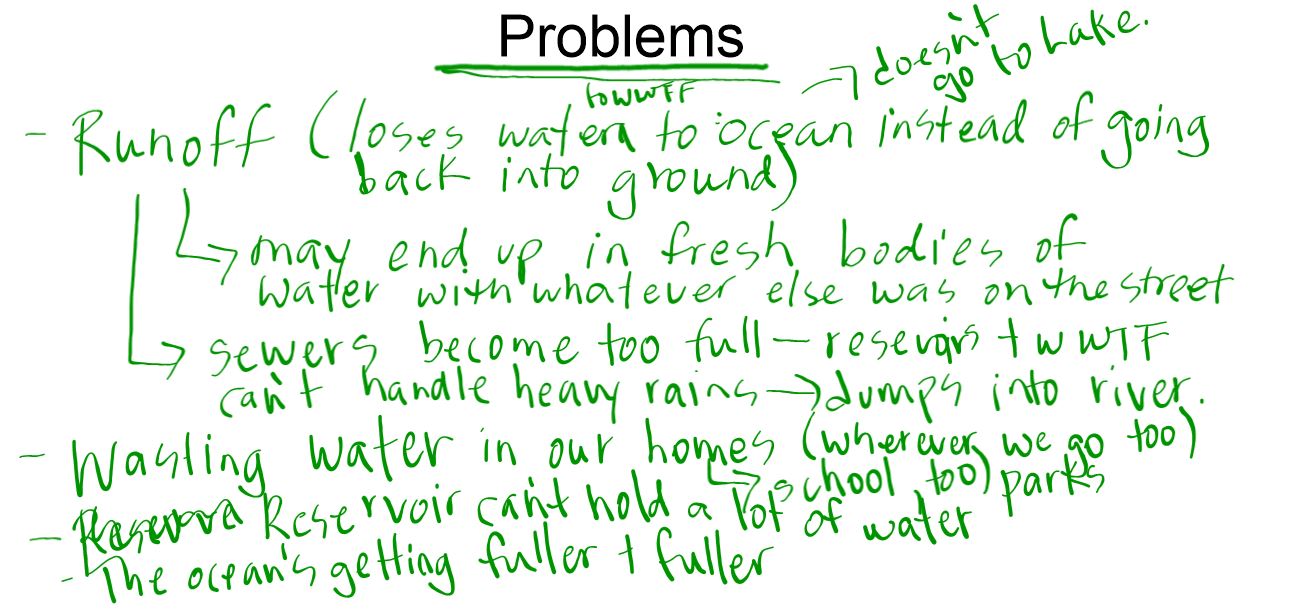
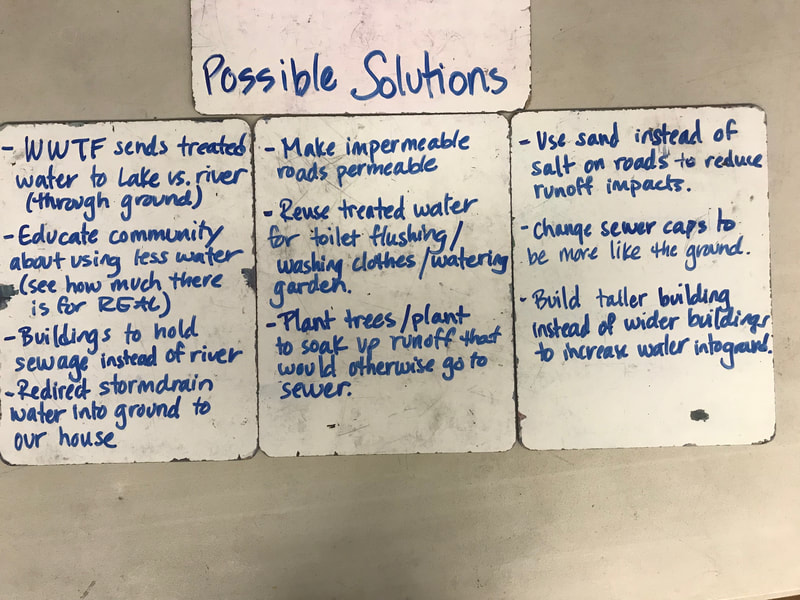
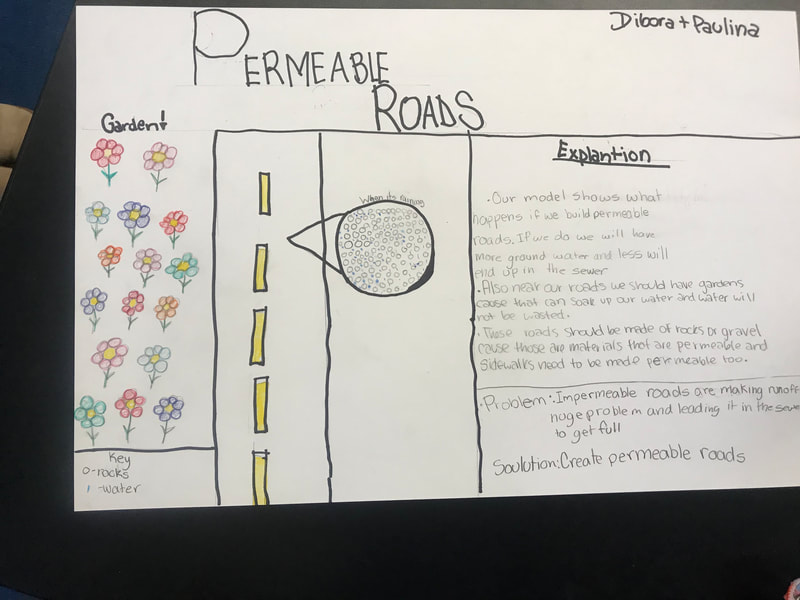
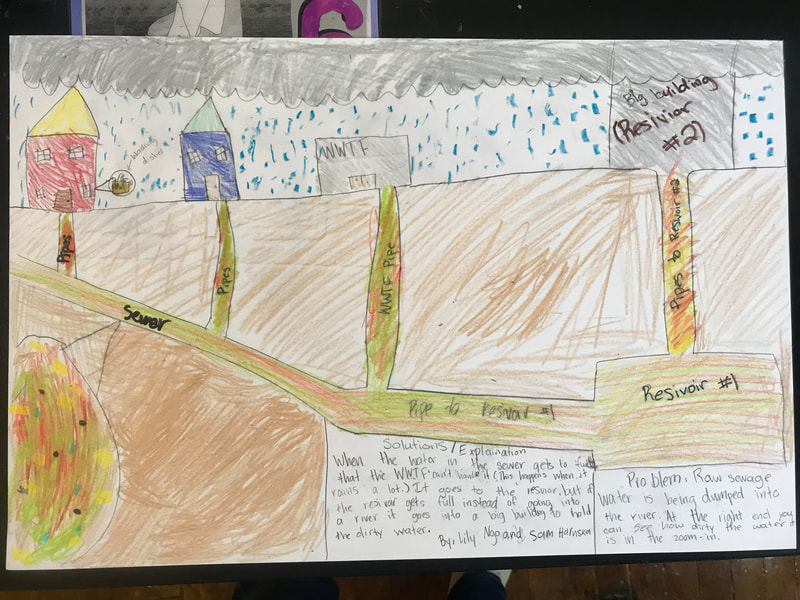

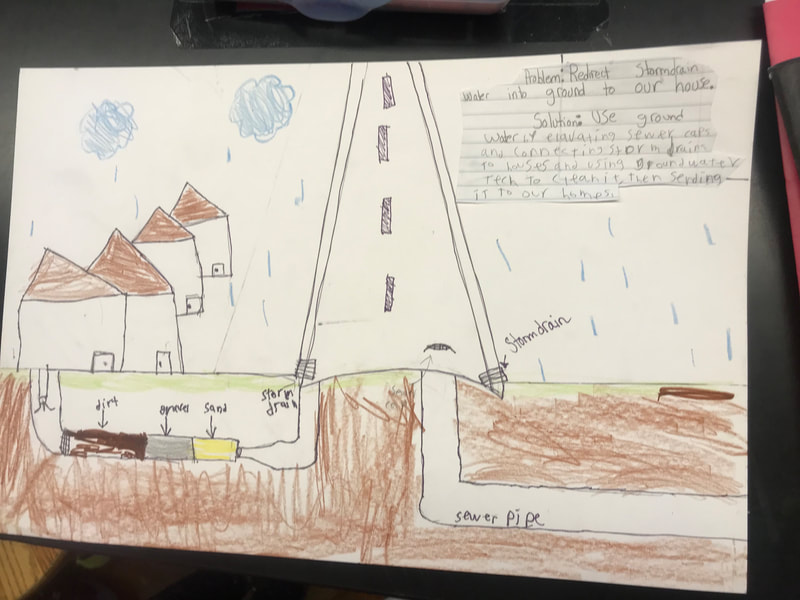
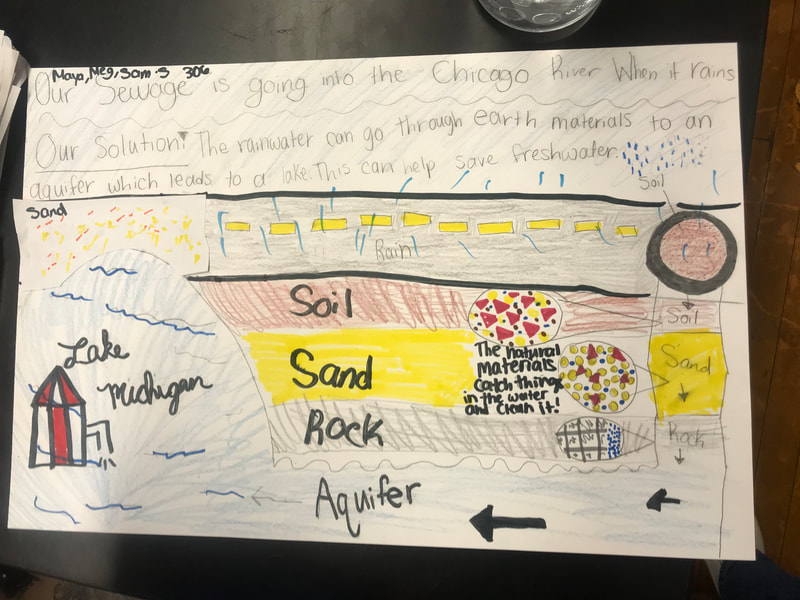
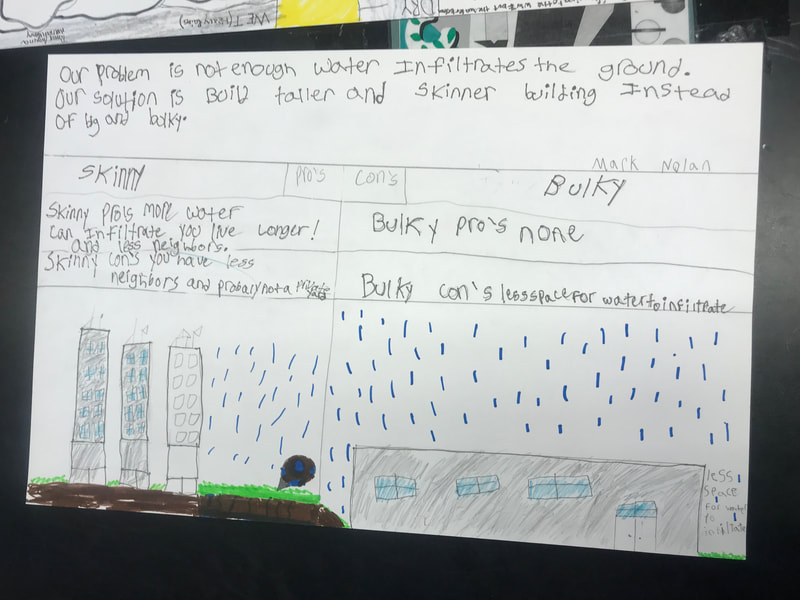
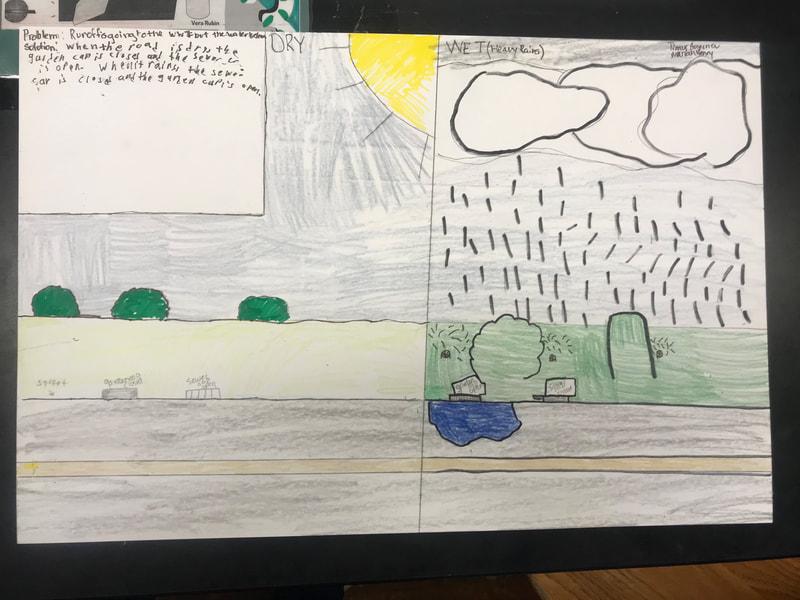
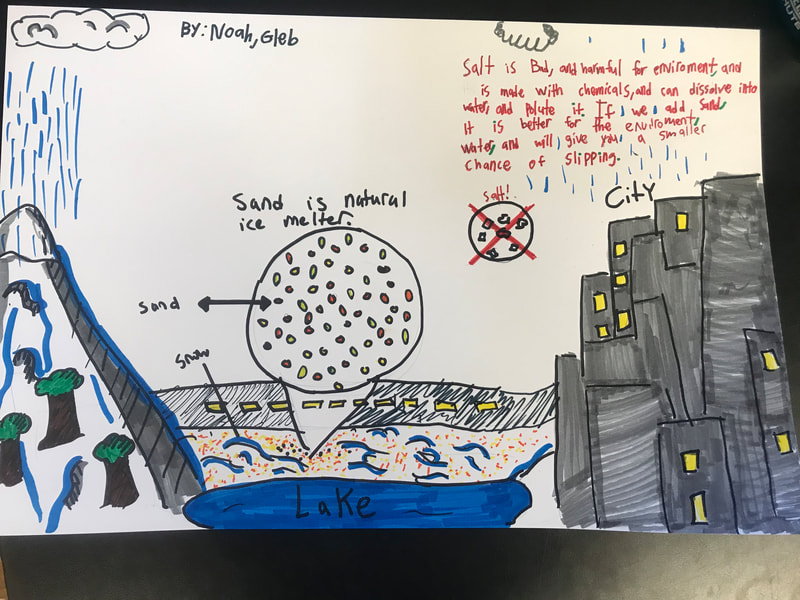
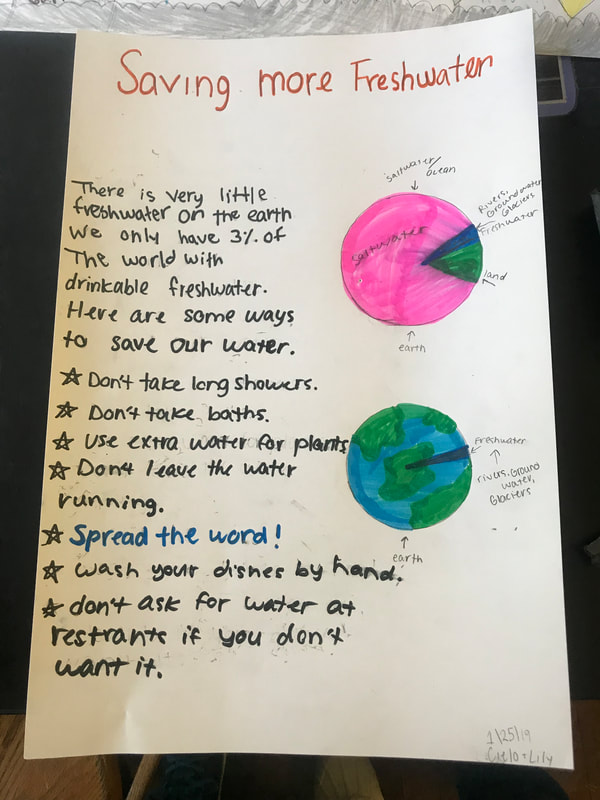
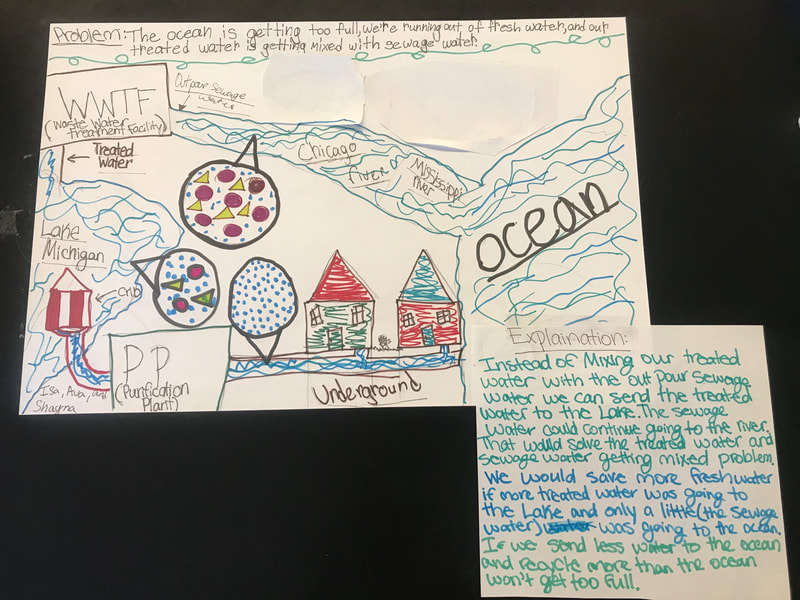
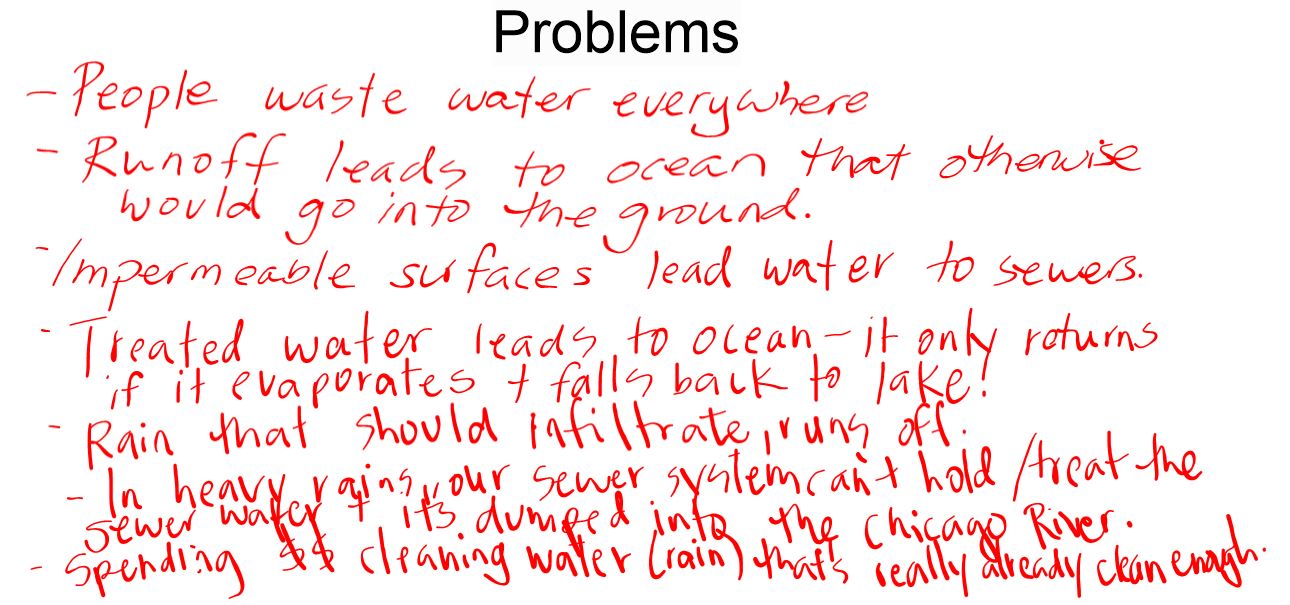
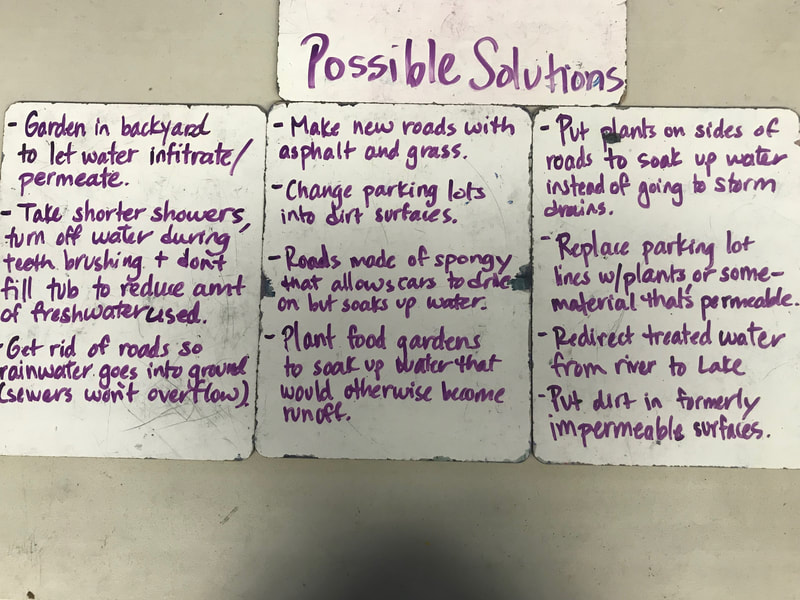
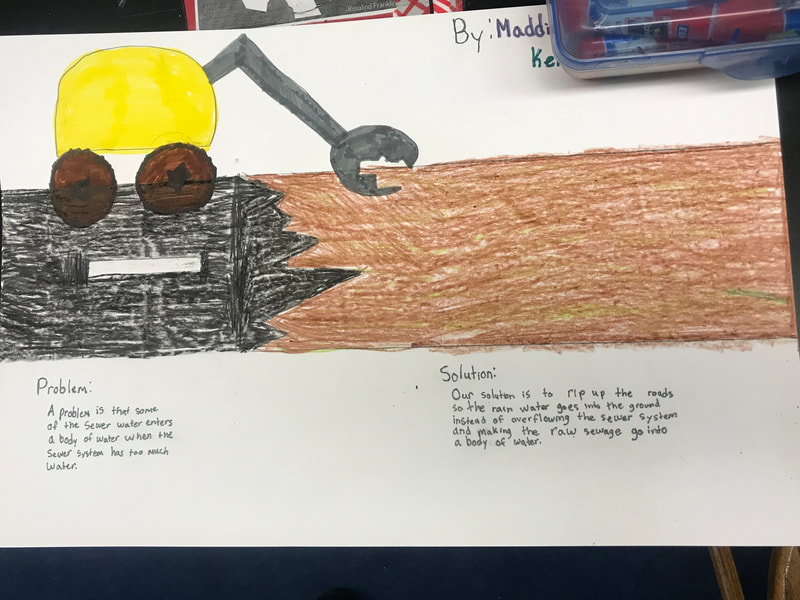
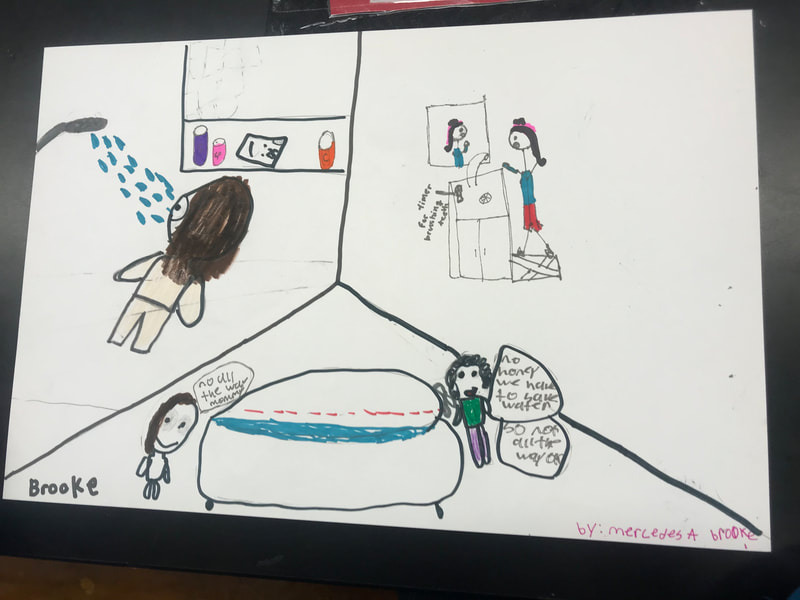
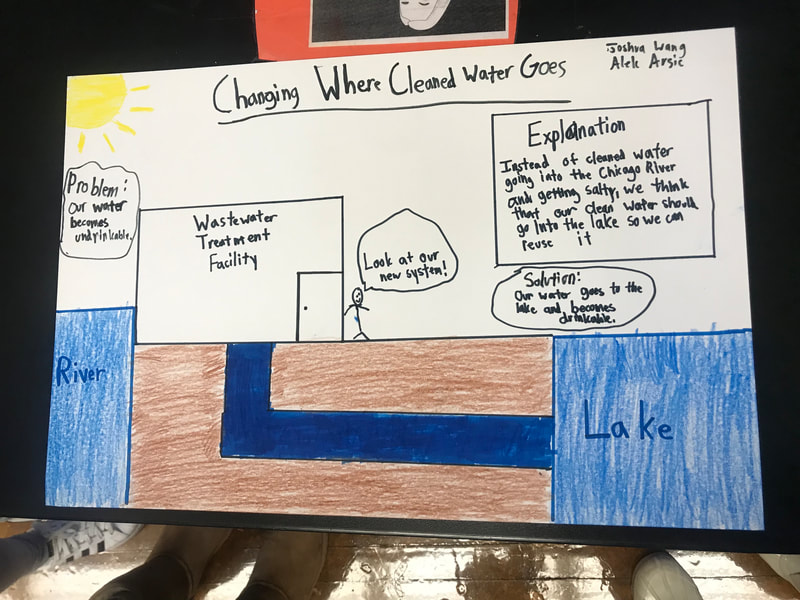
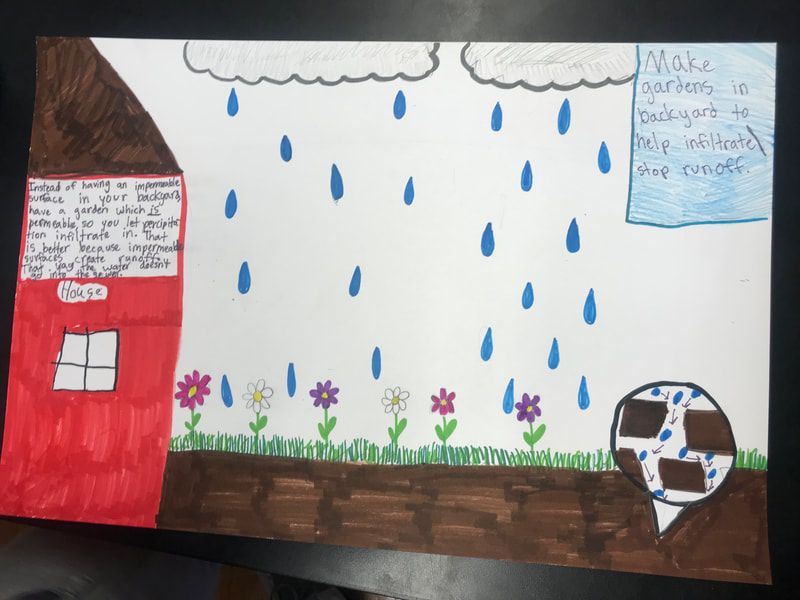
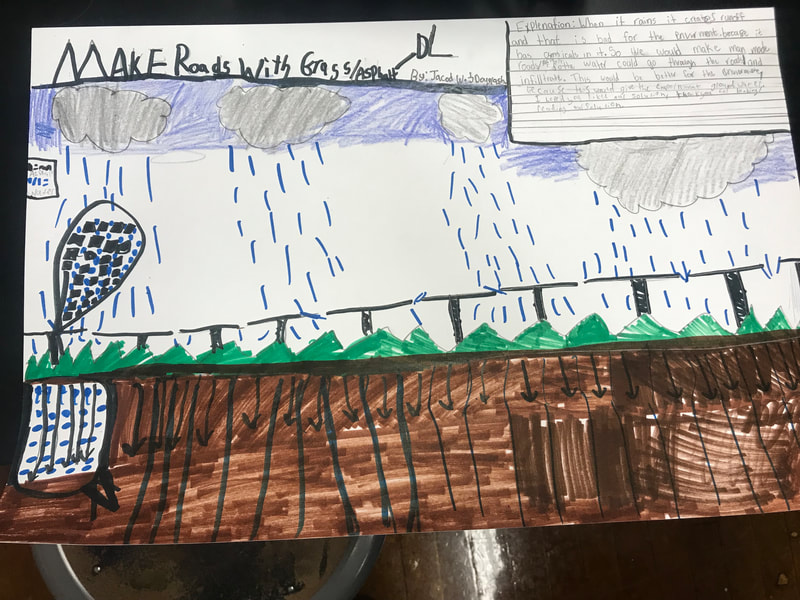
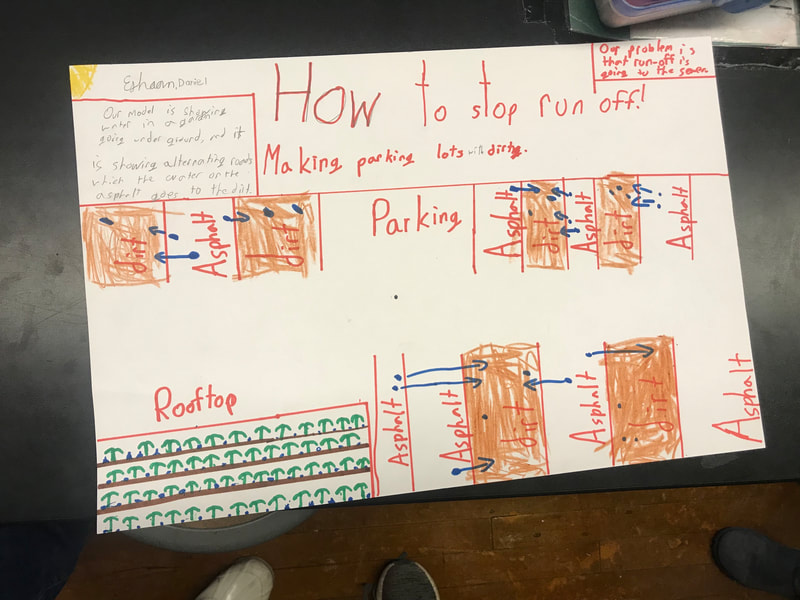
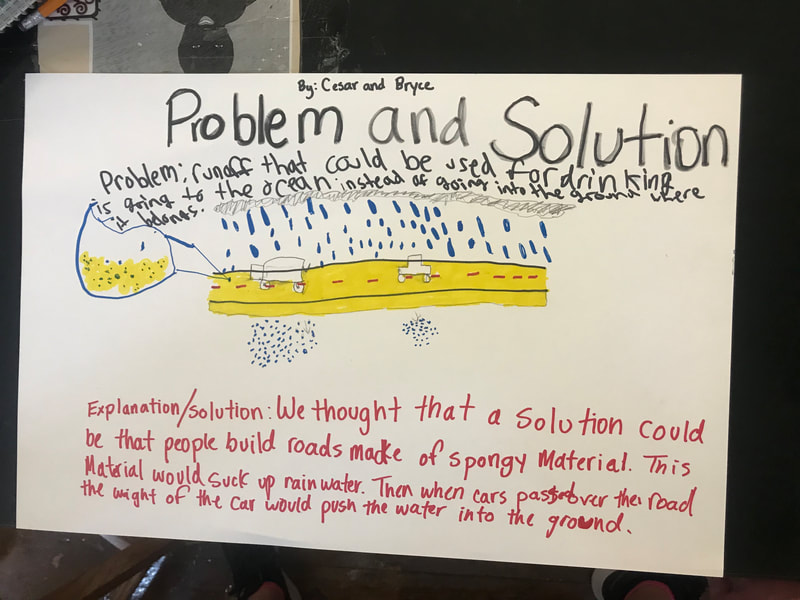
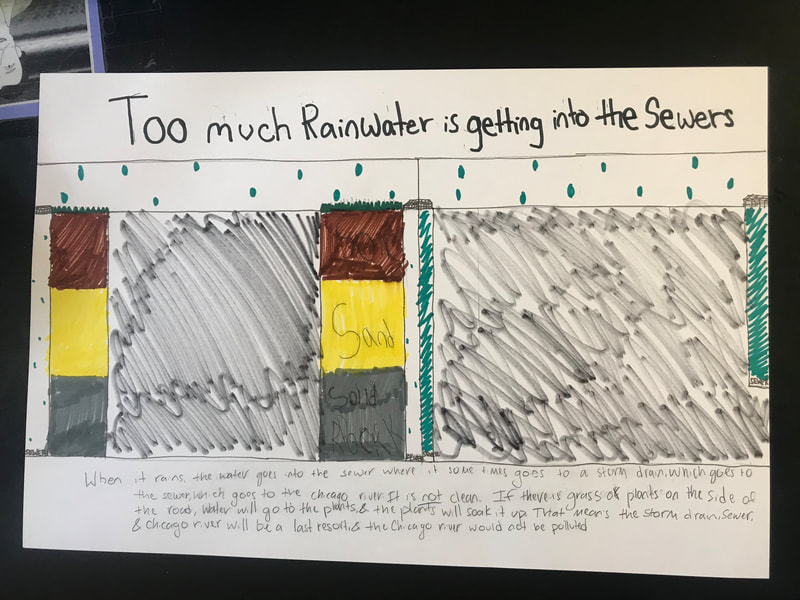
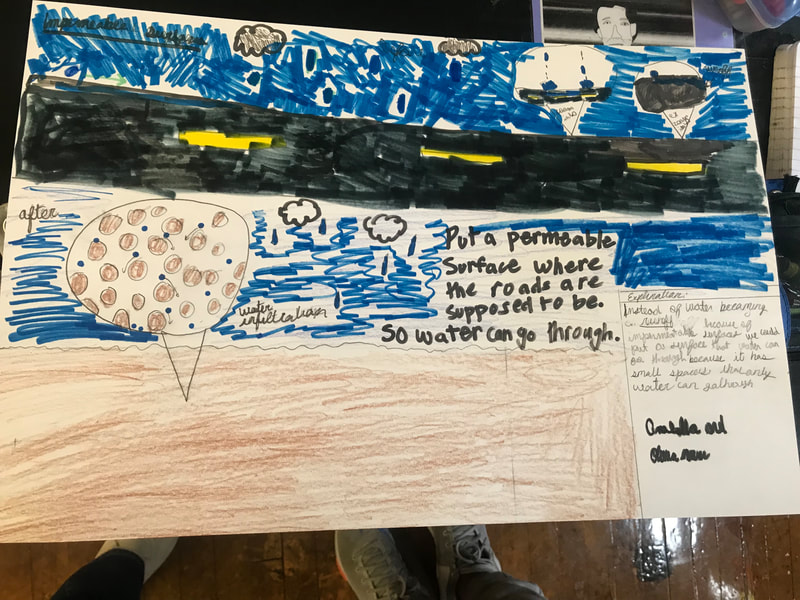
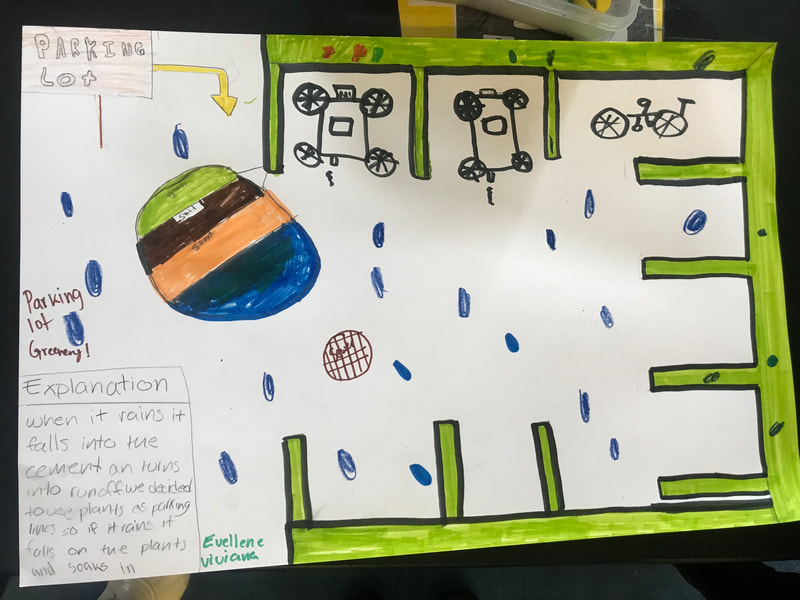
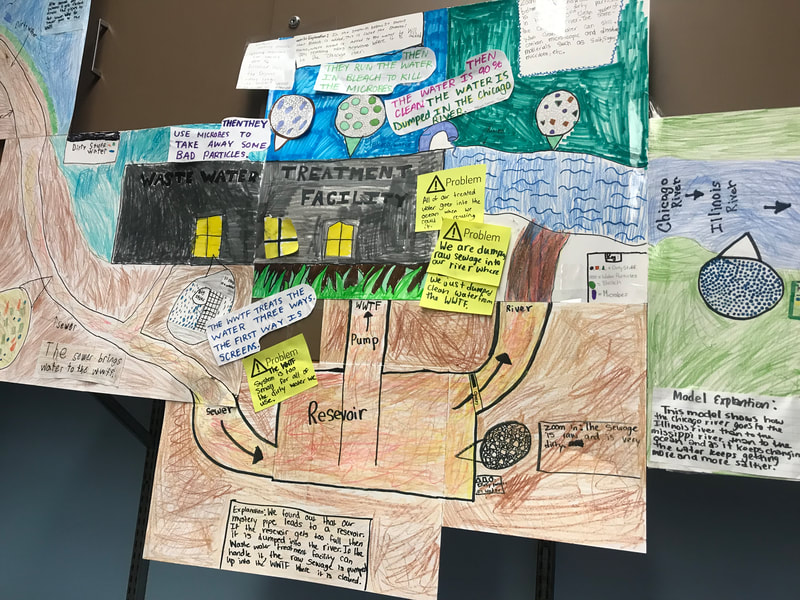
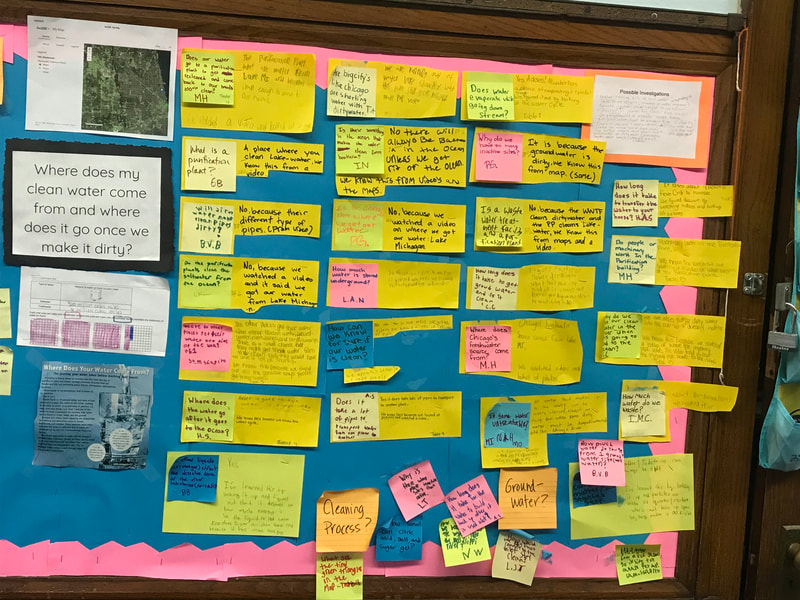

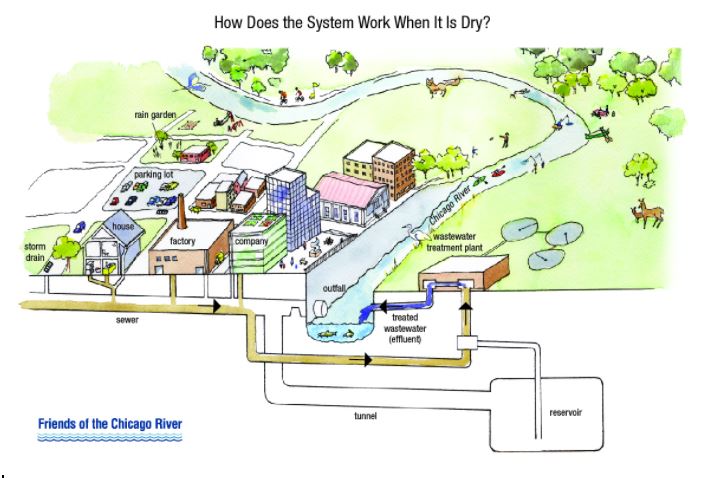
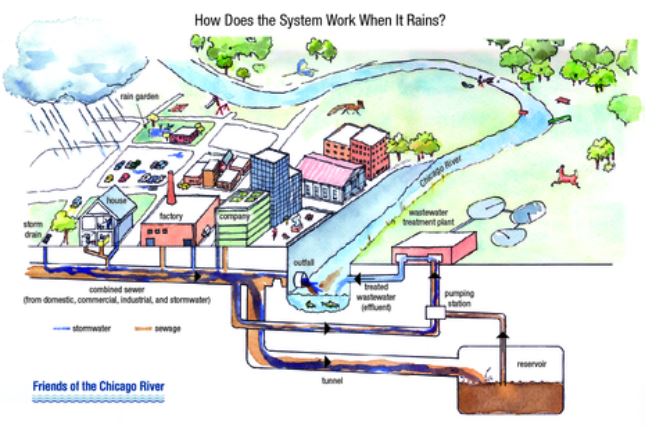
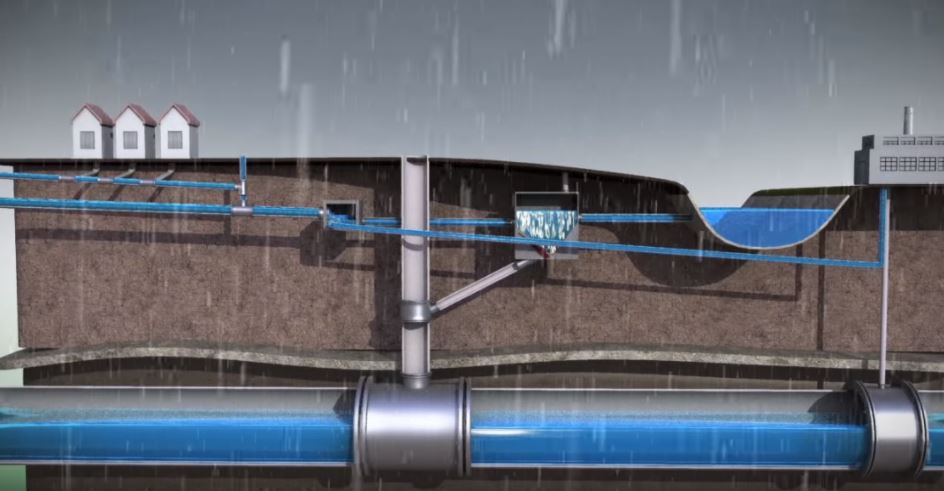
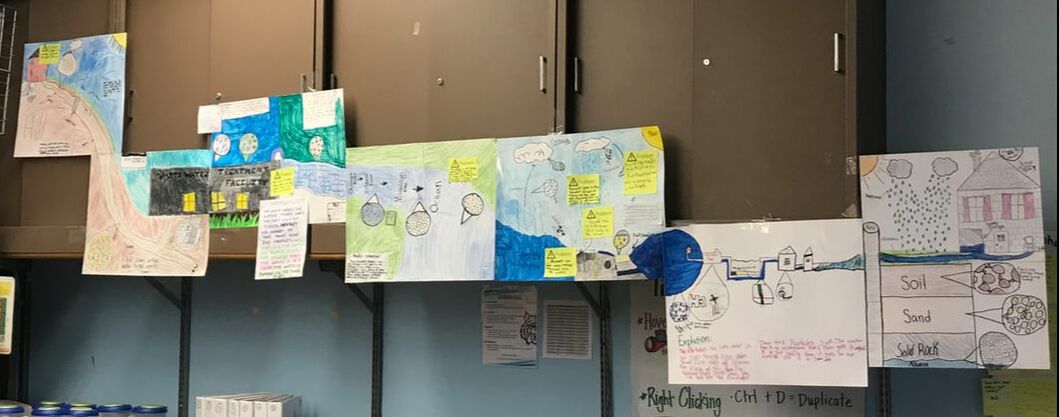

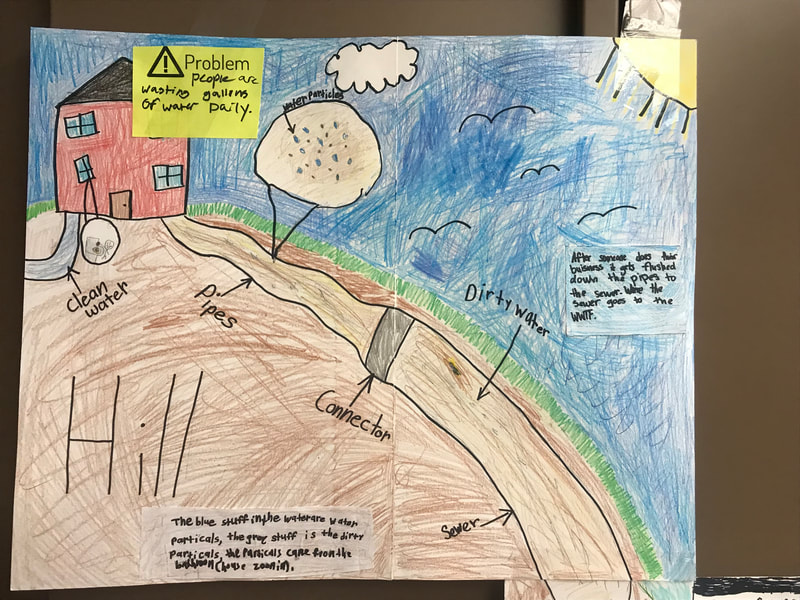
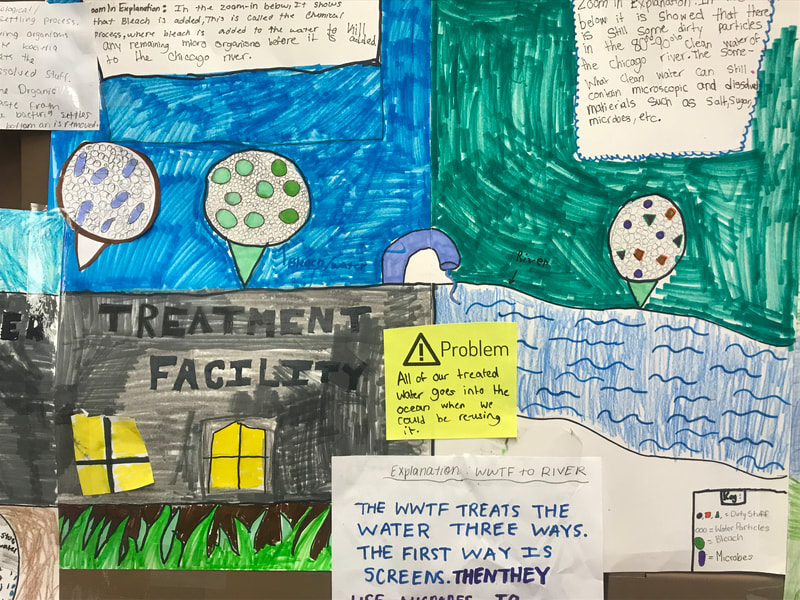
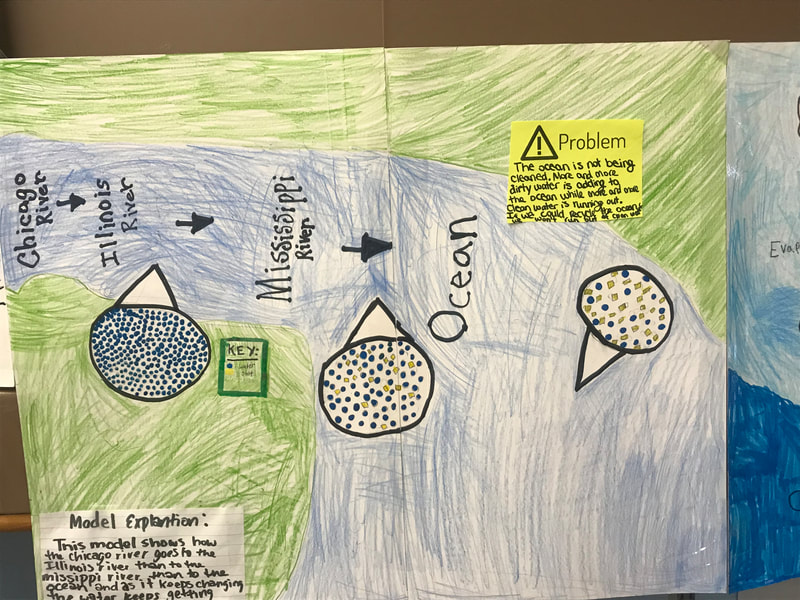
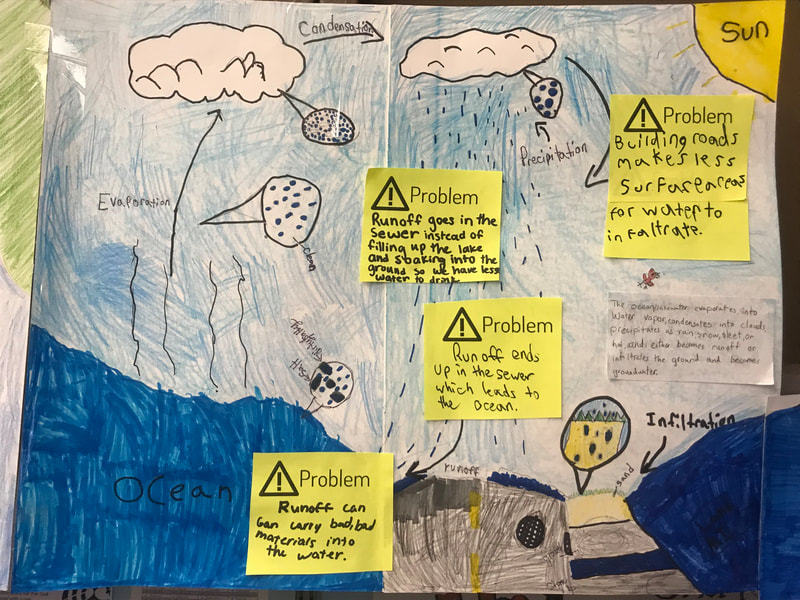
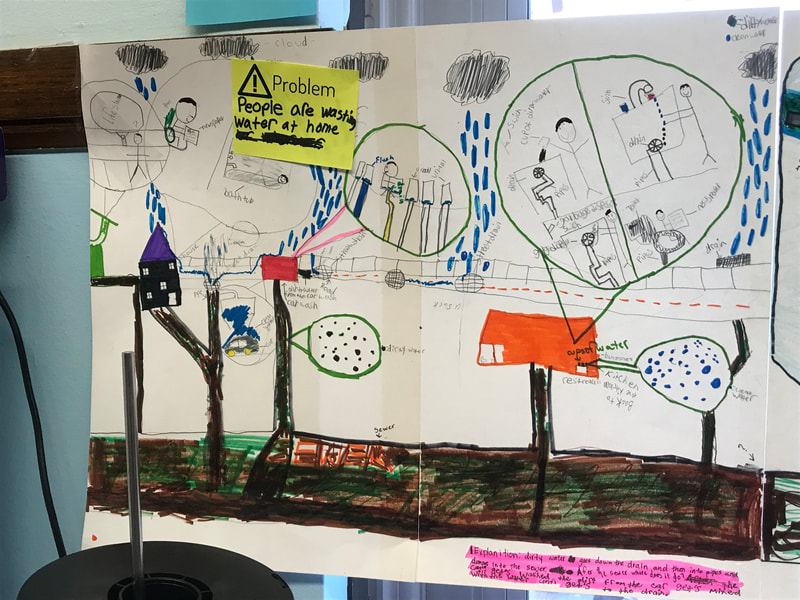
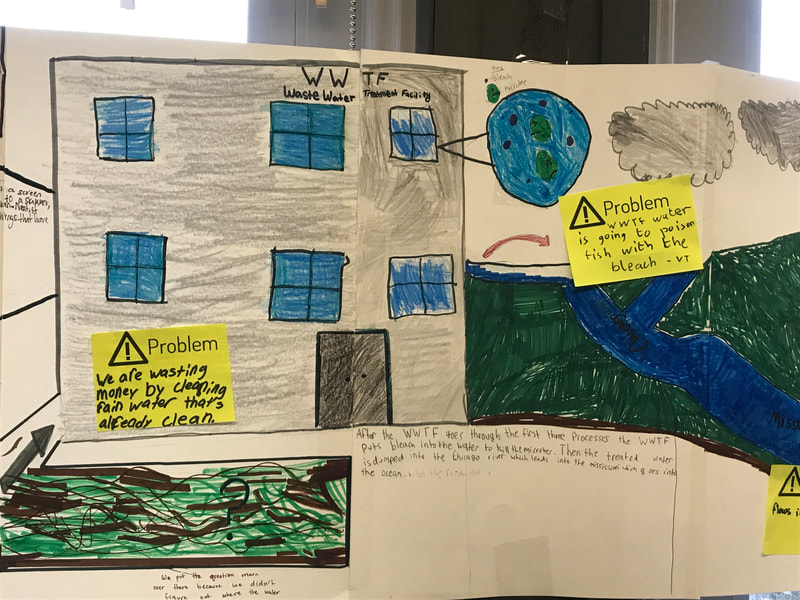
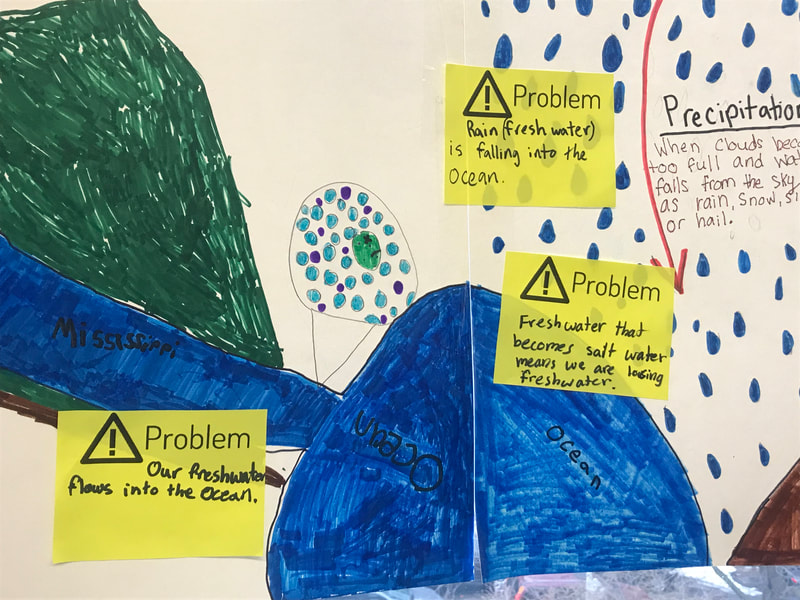
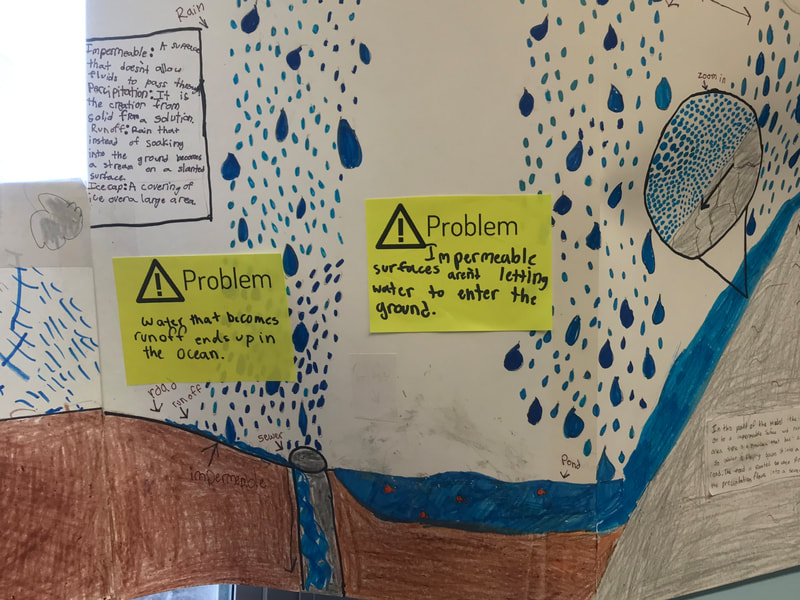
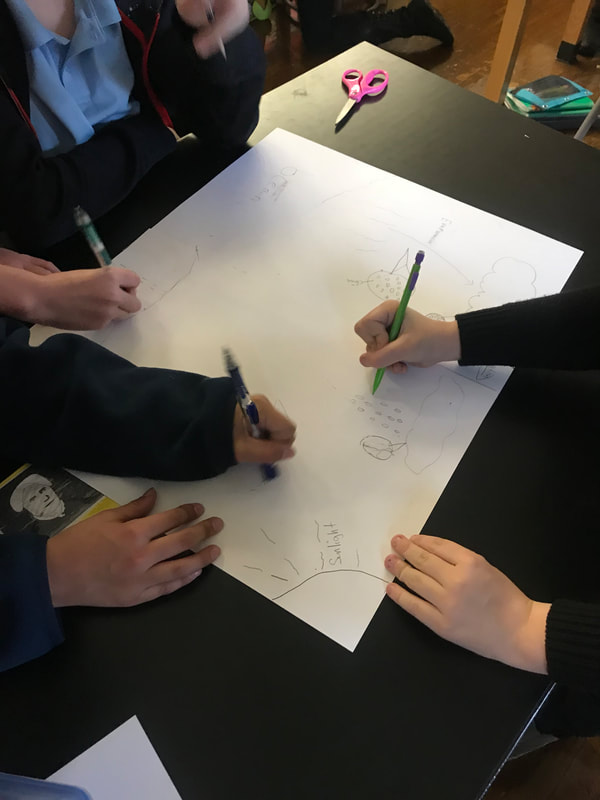
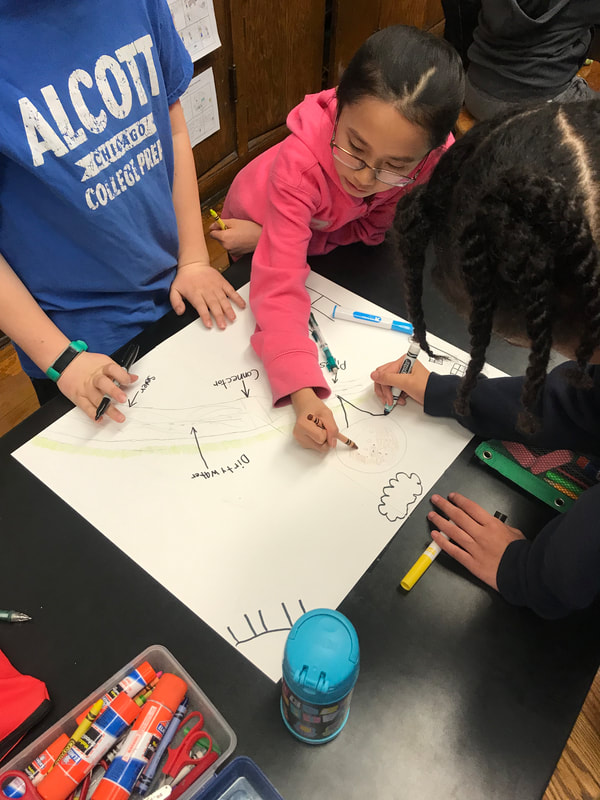
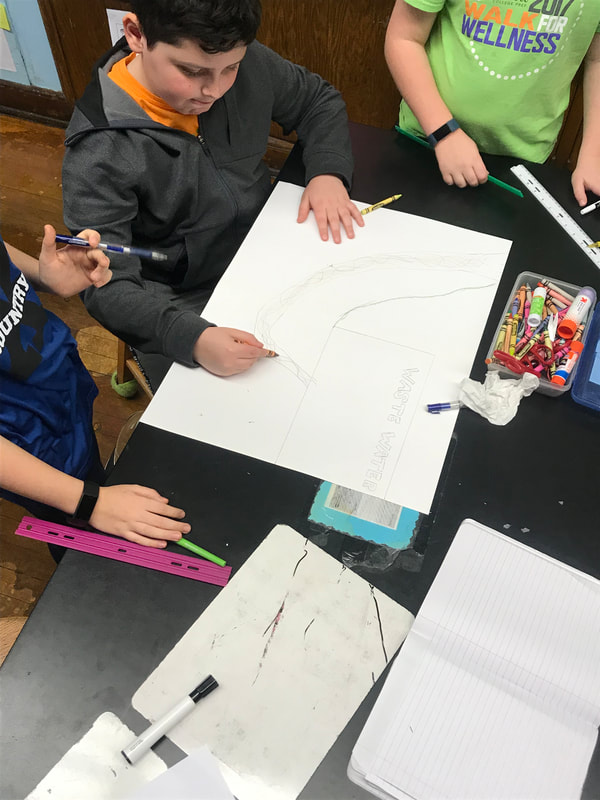
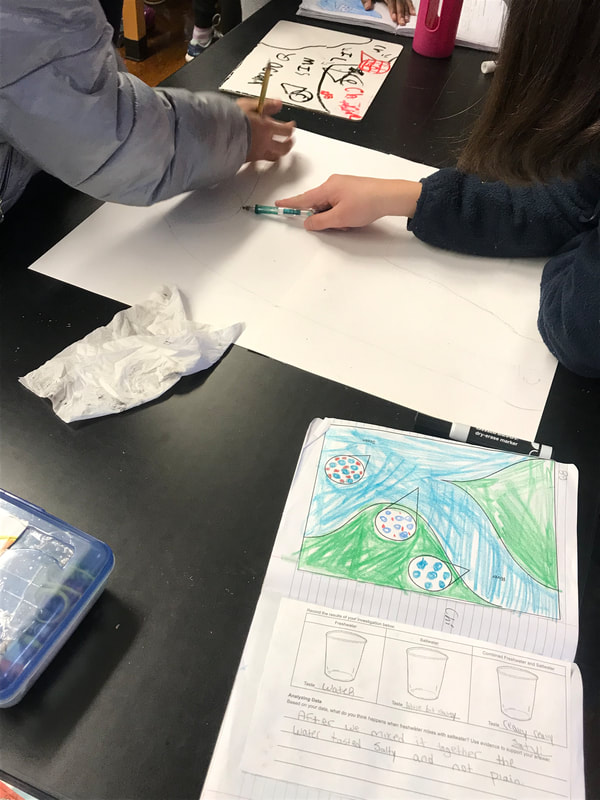
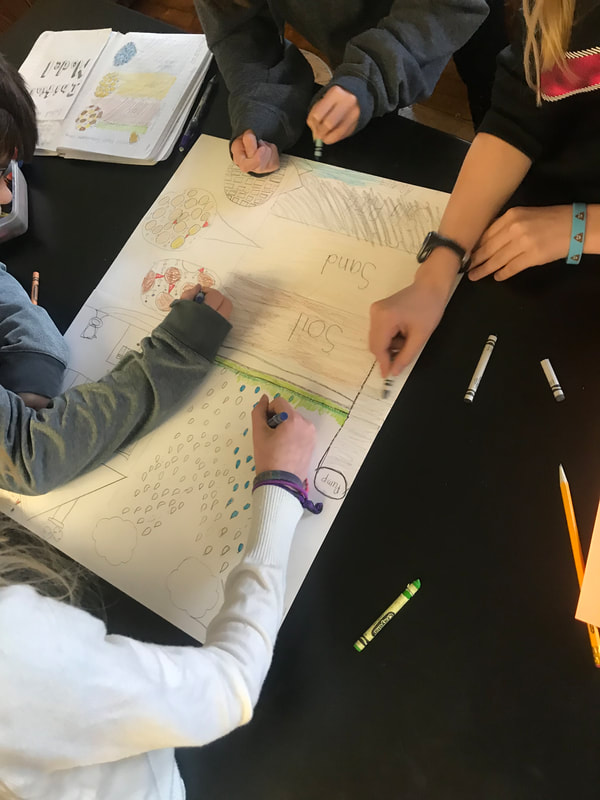
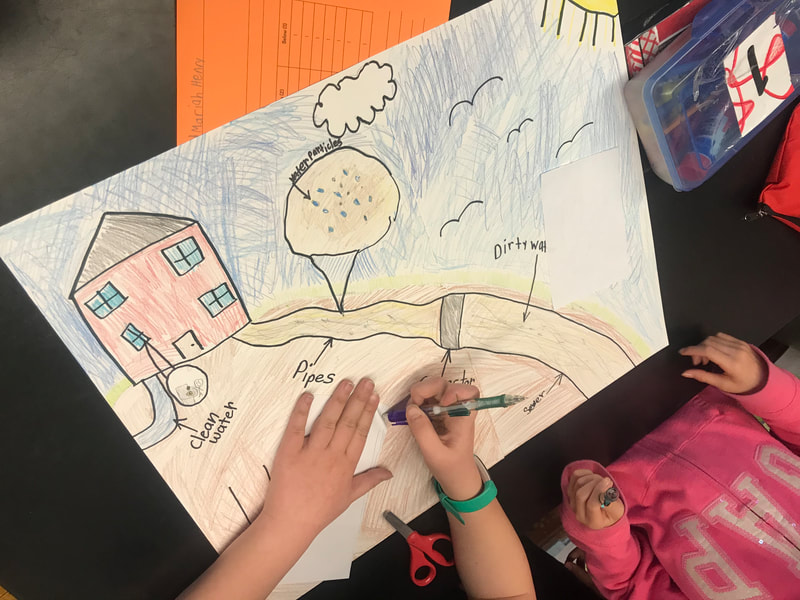
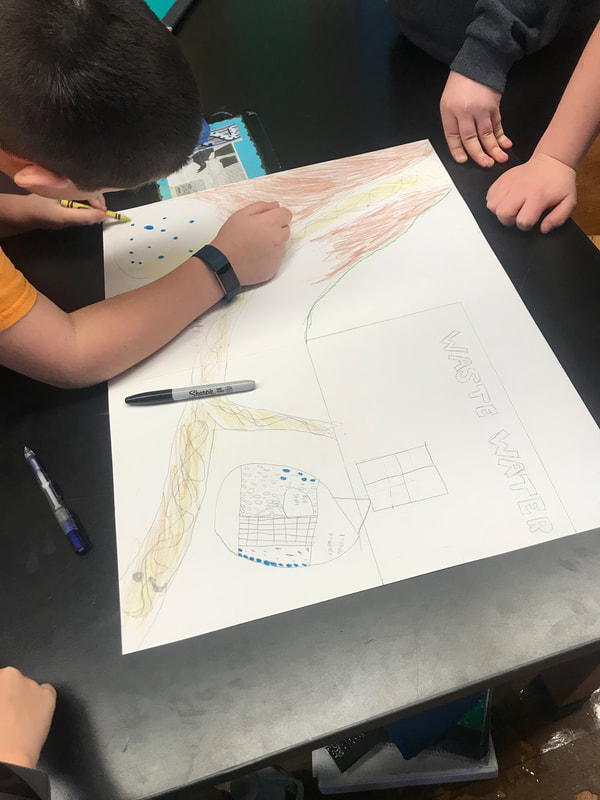
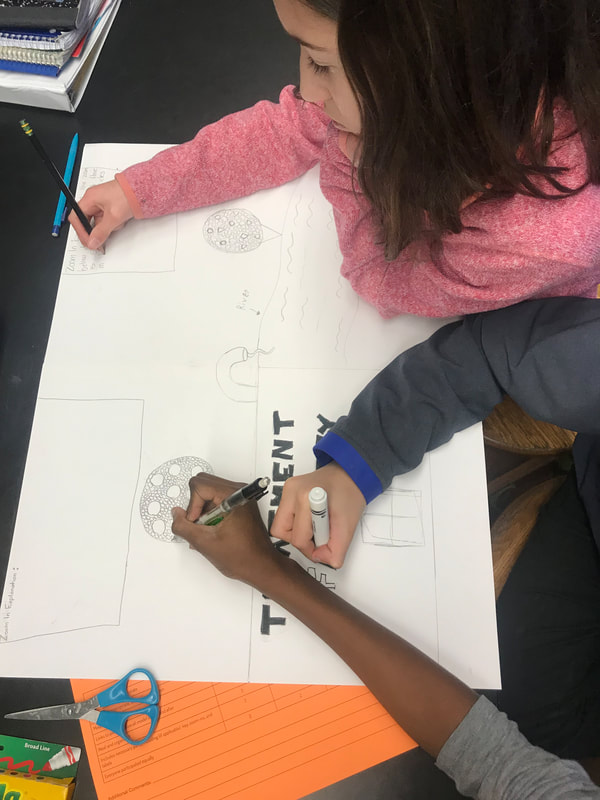
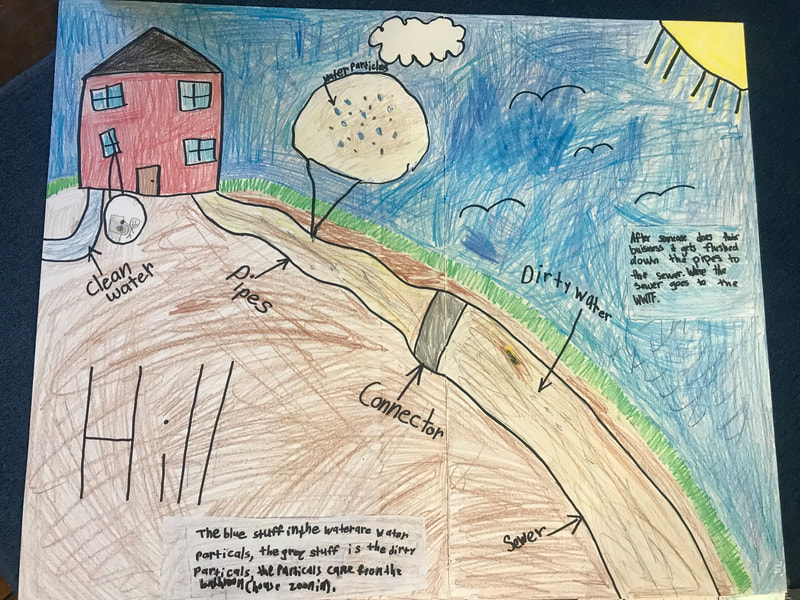
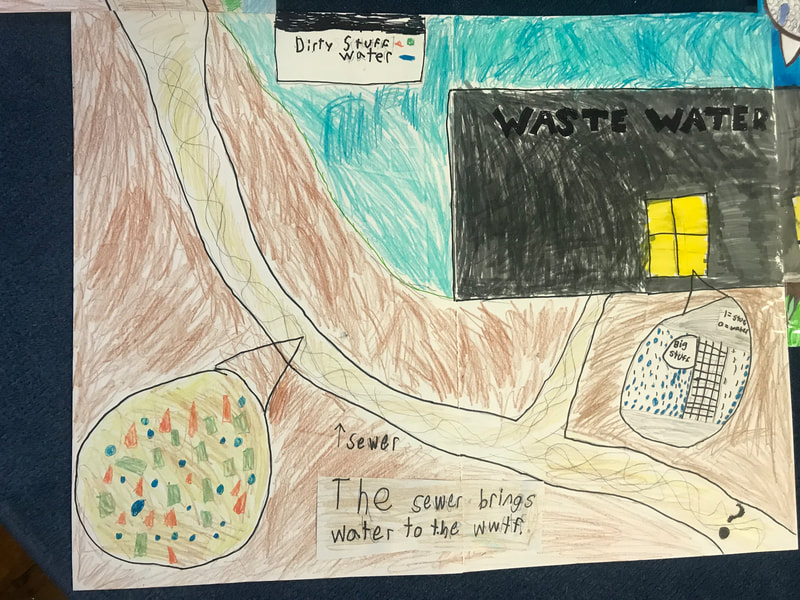
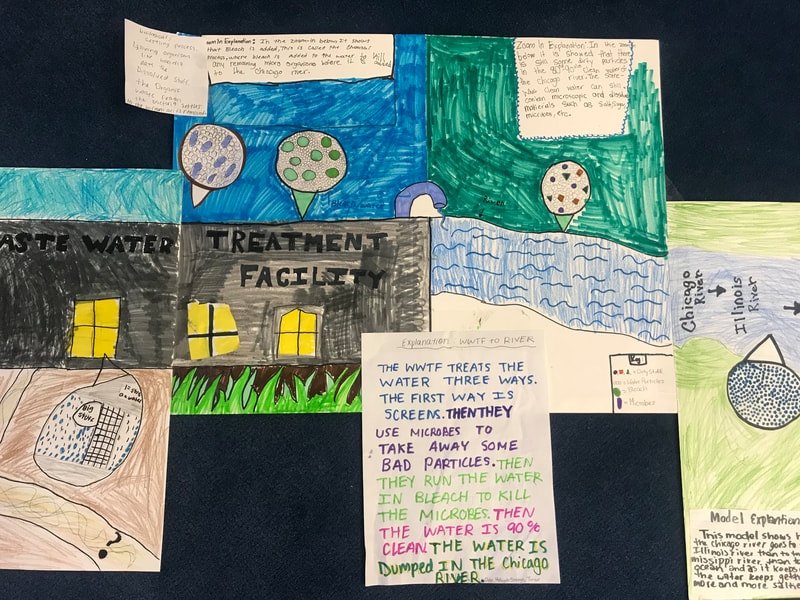
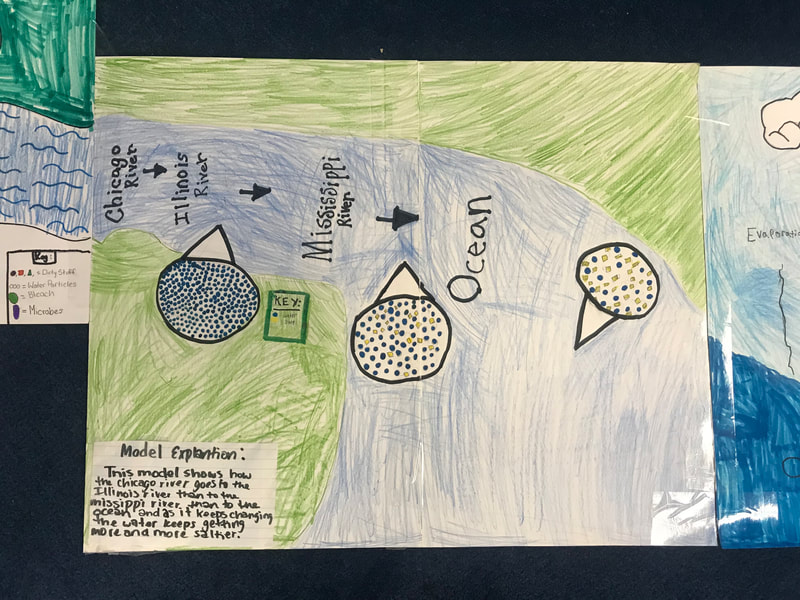
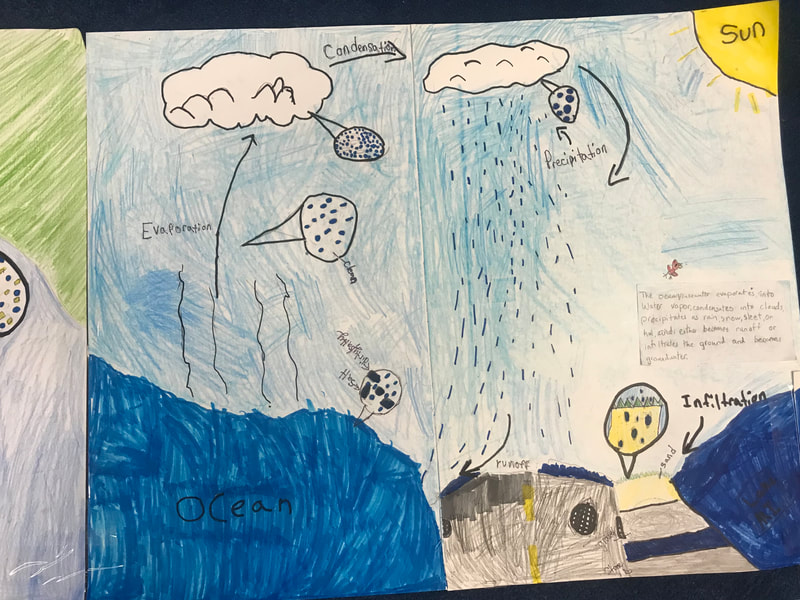
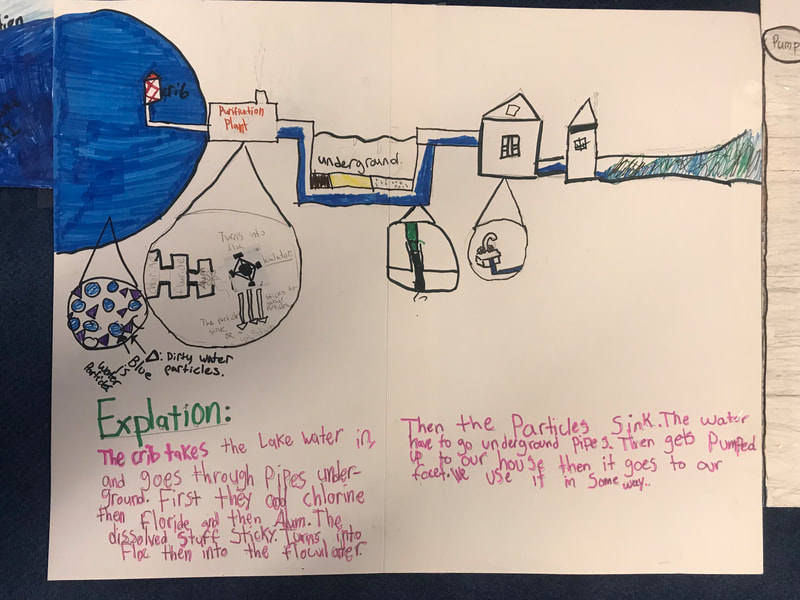
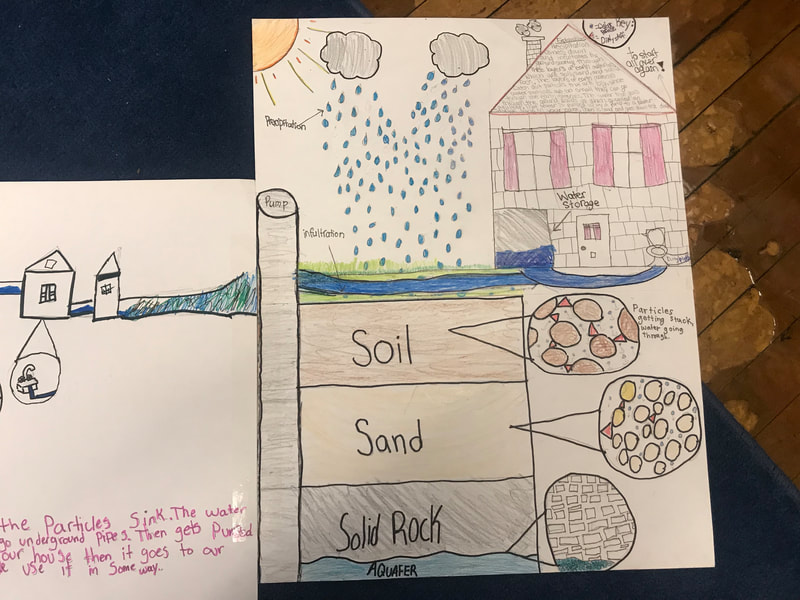
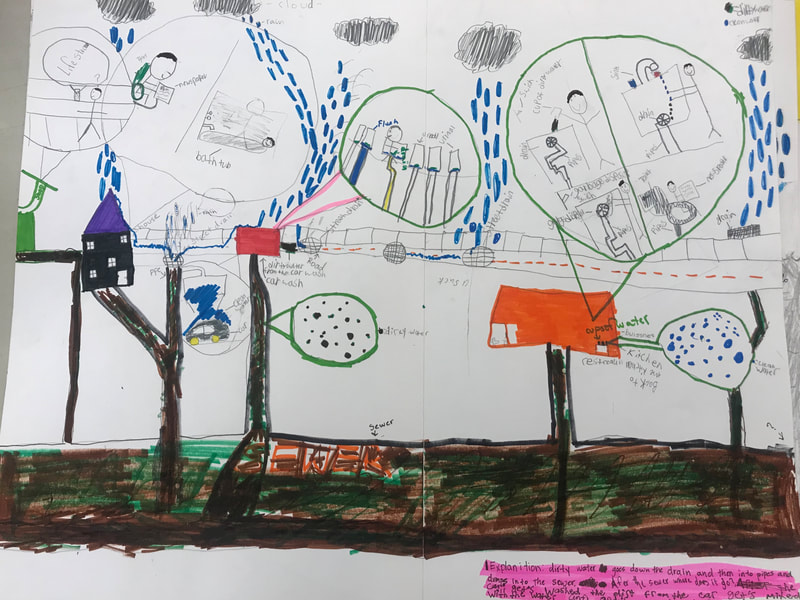
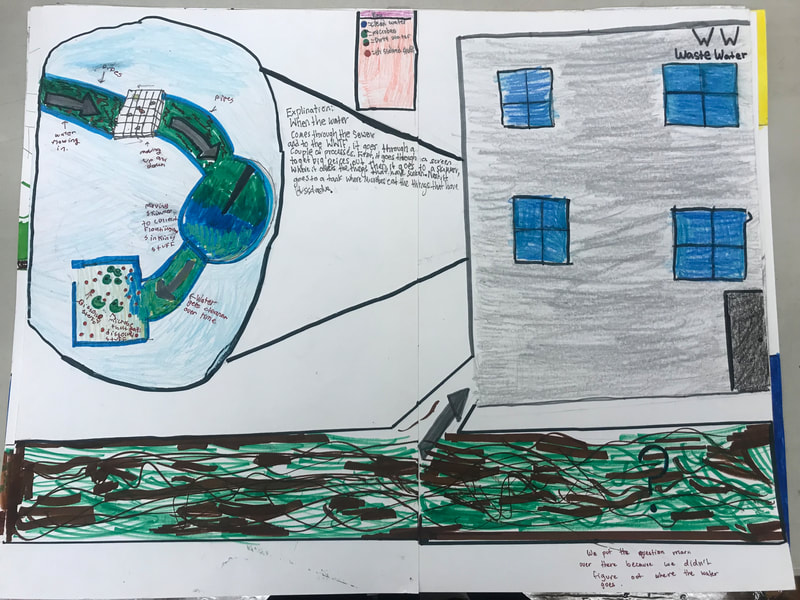
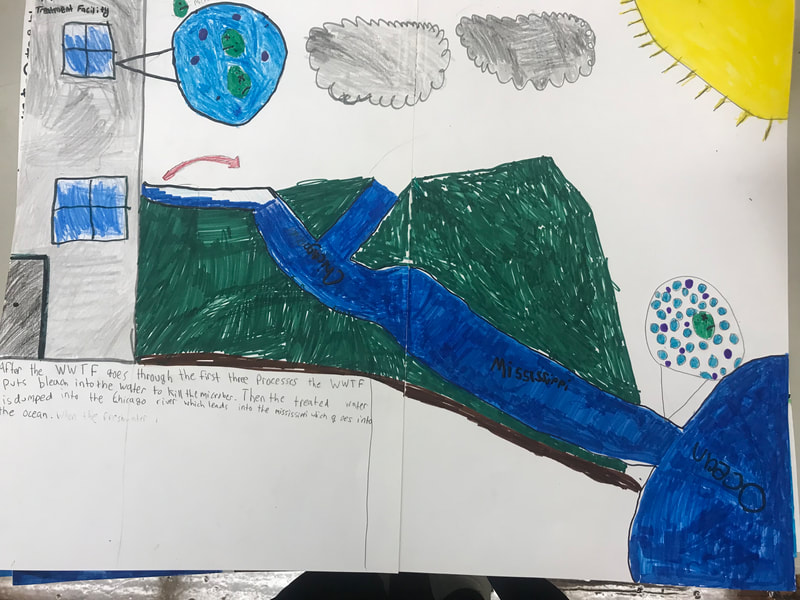
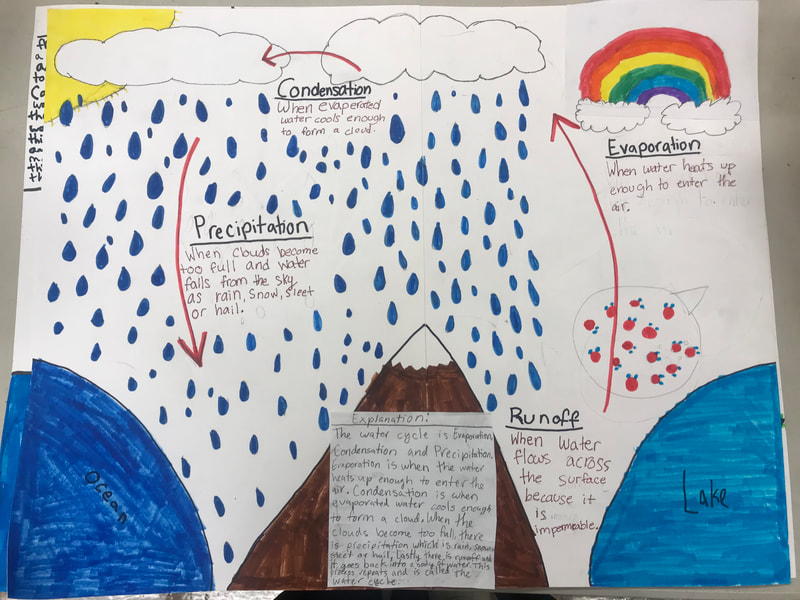
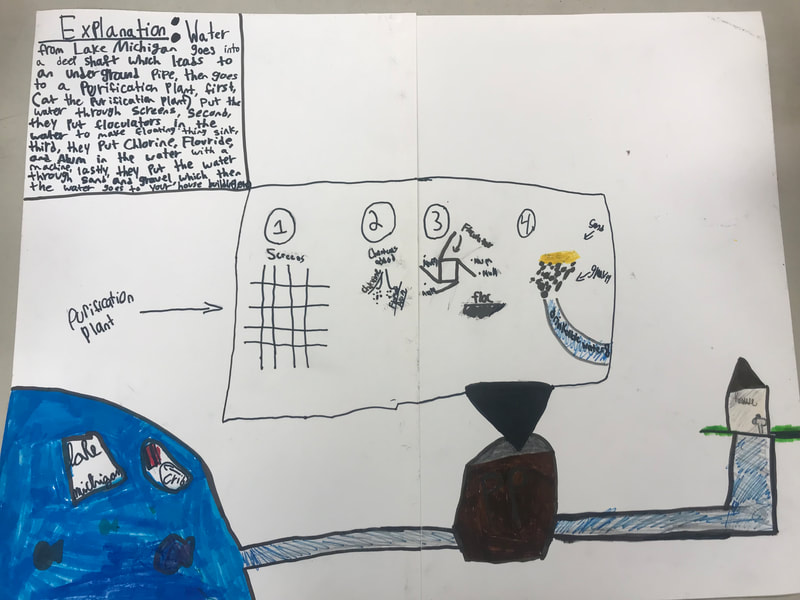
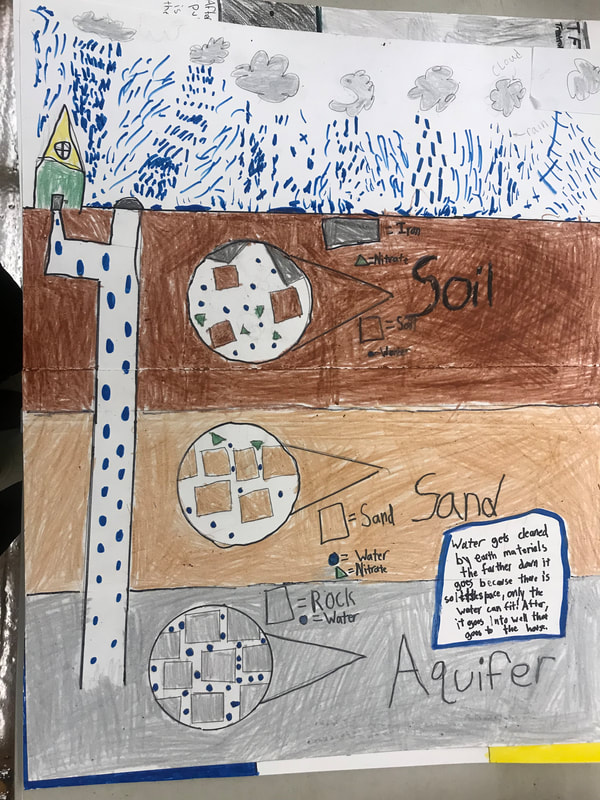
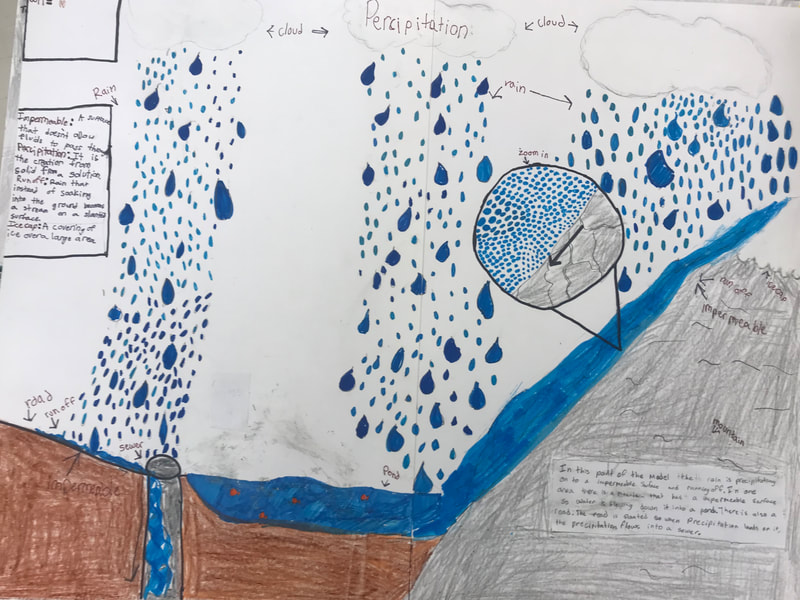

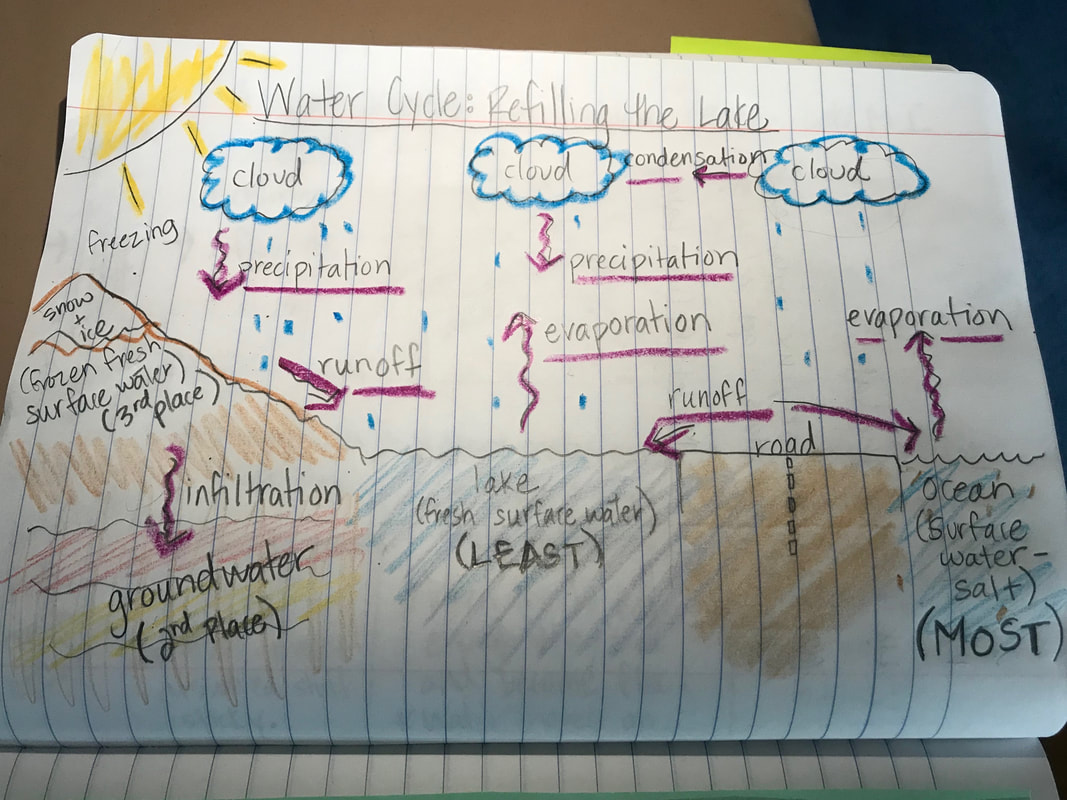
 RSS Feed
RSS Feed